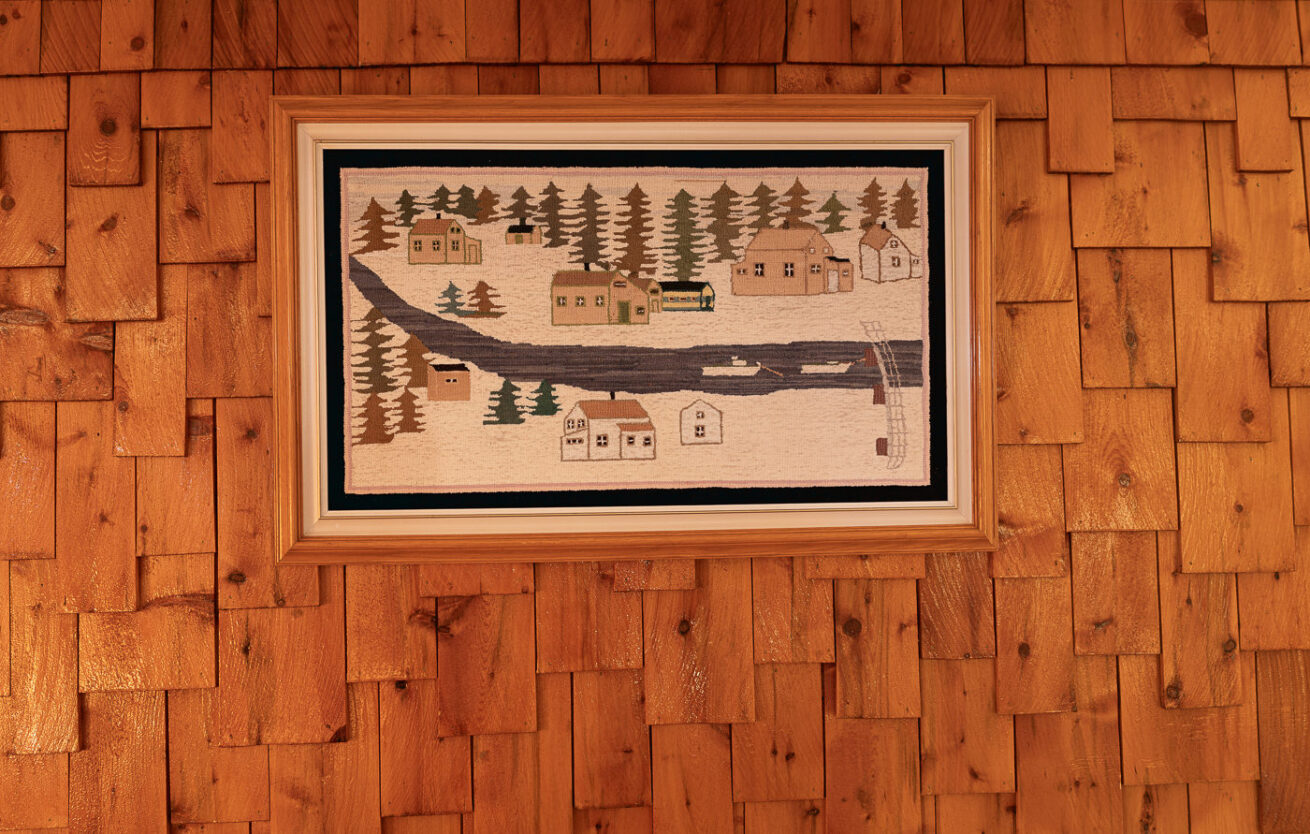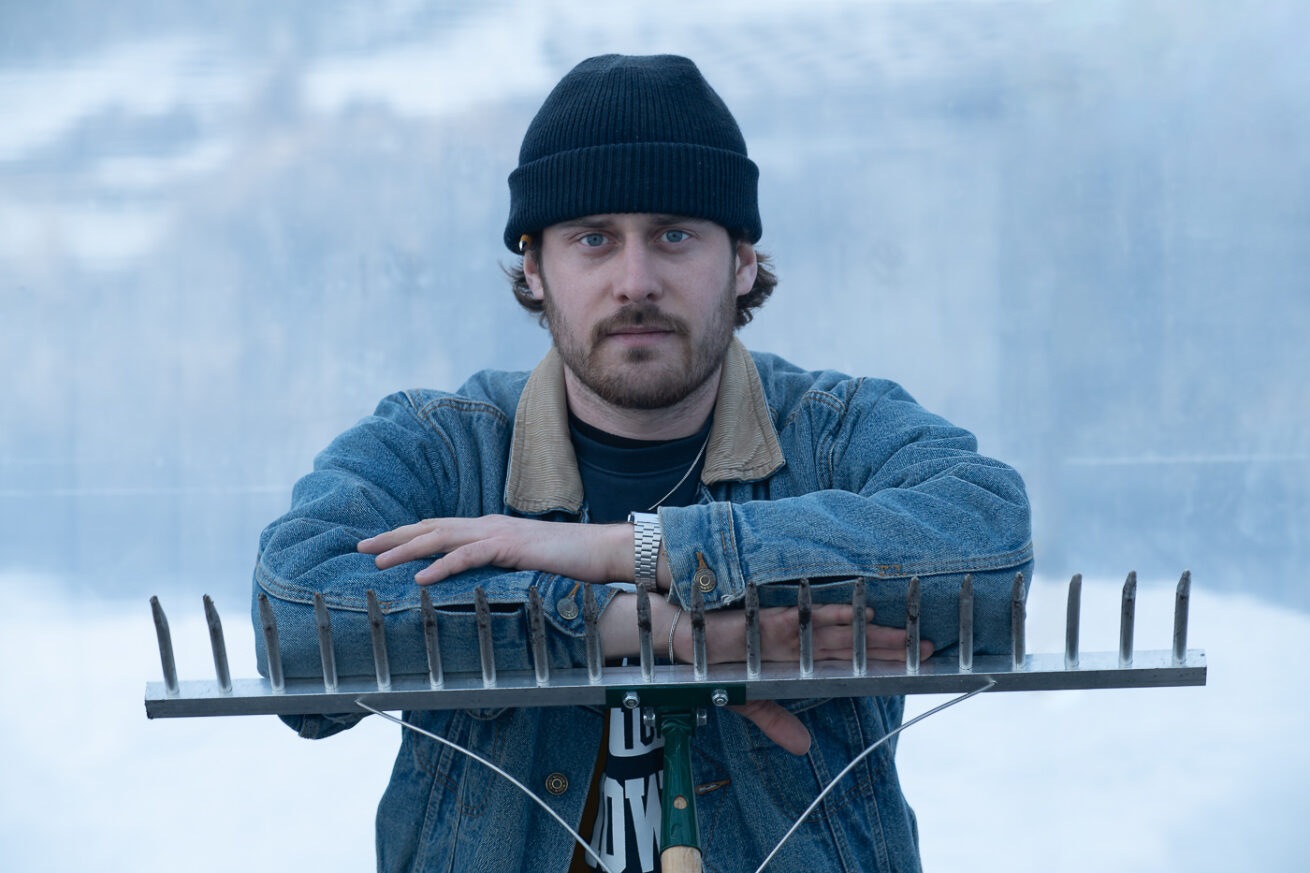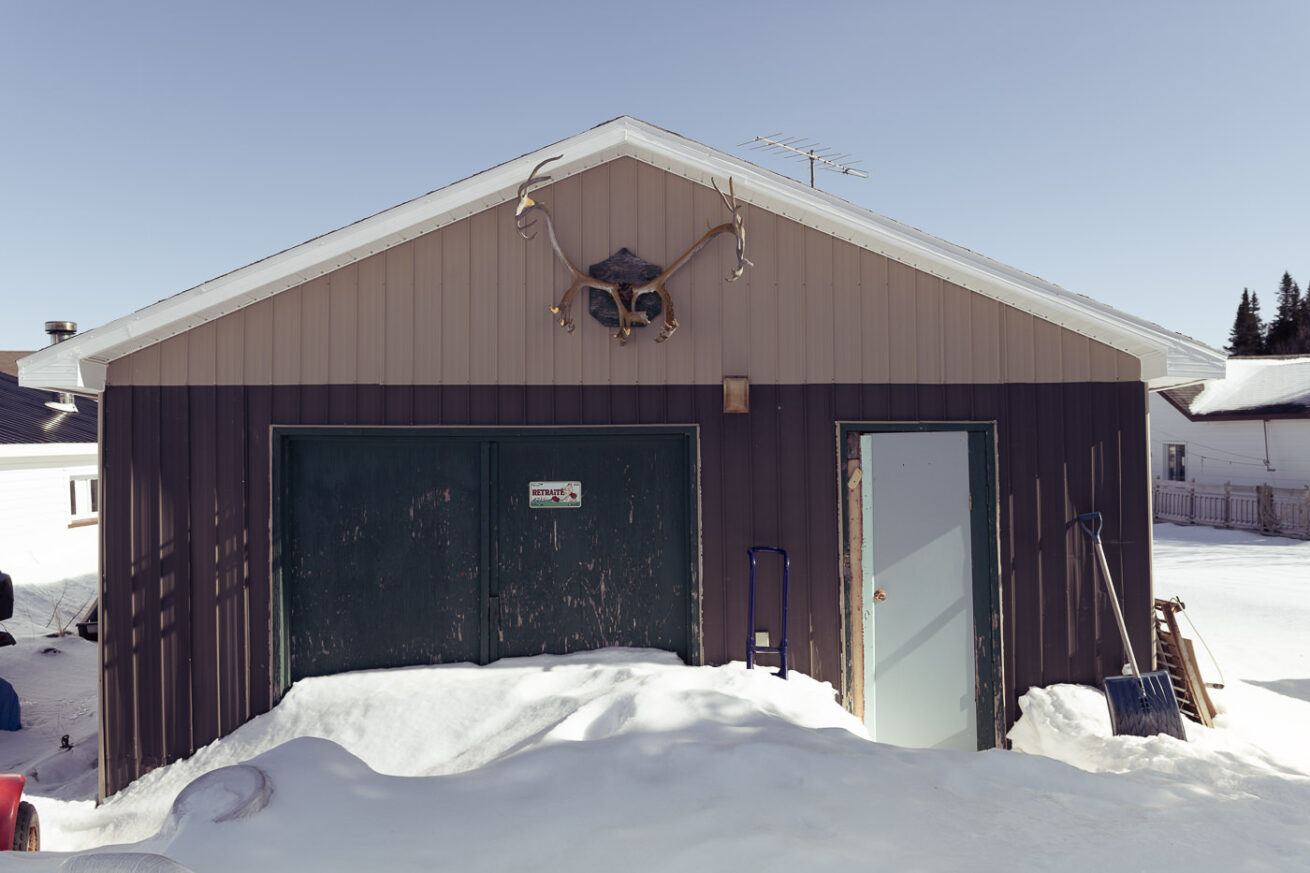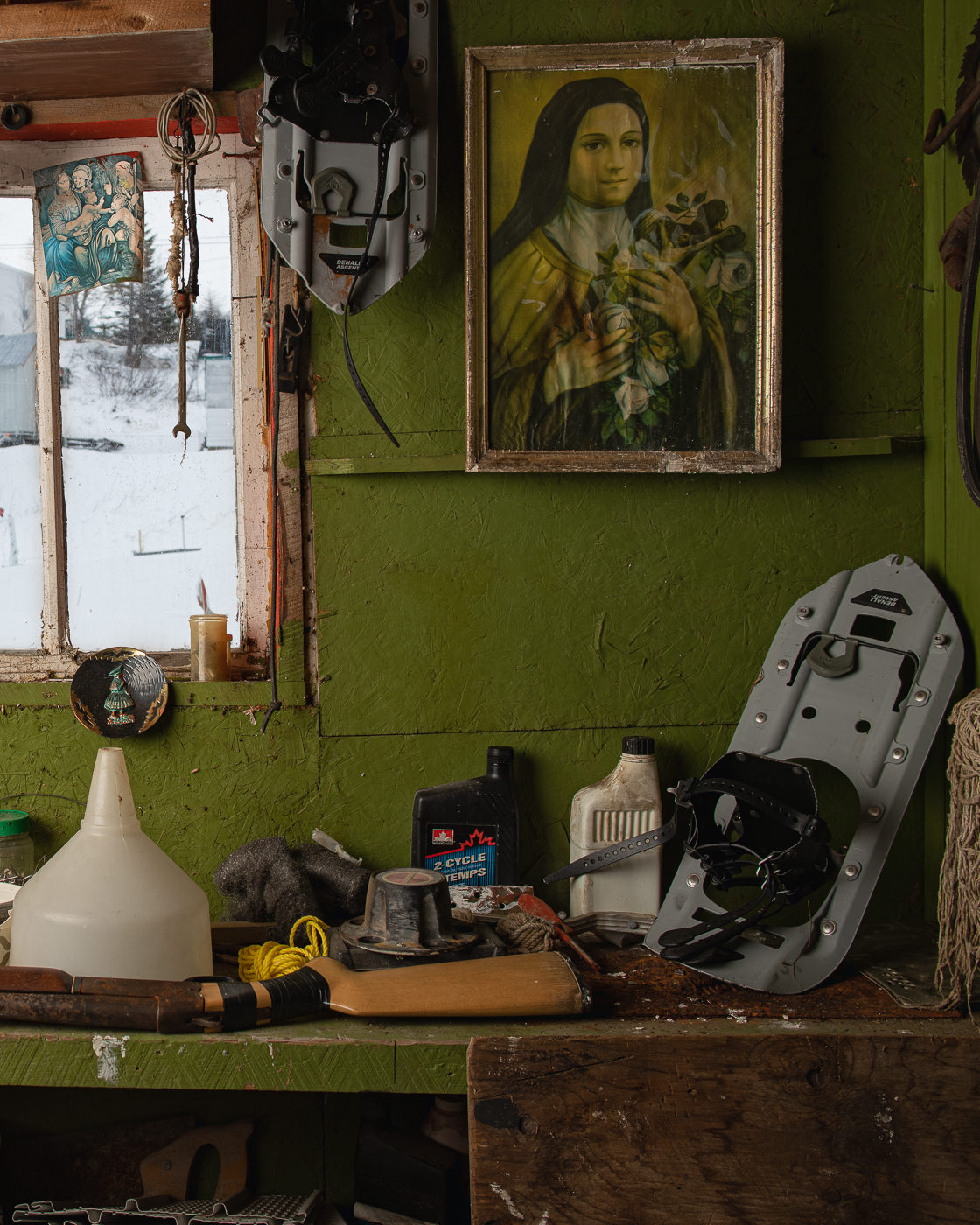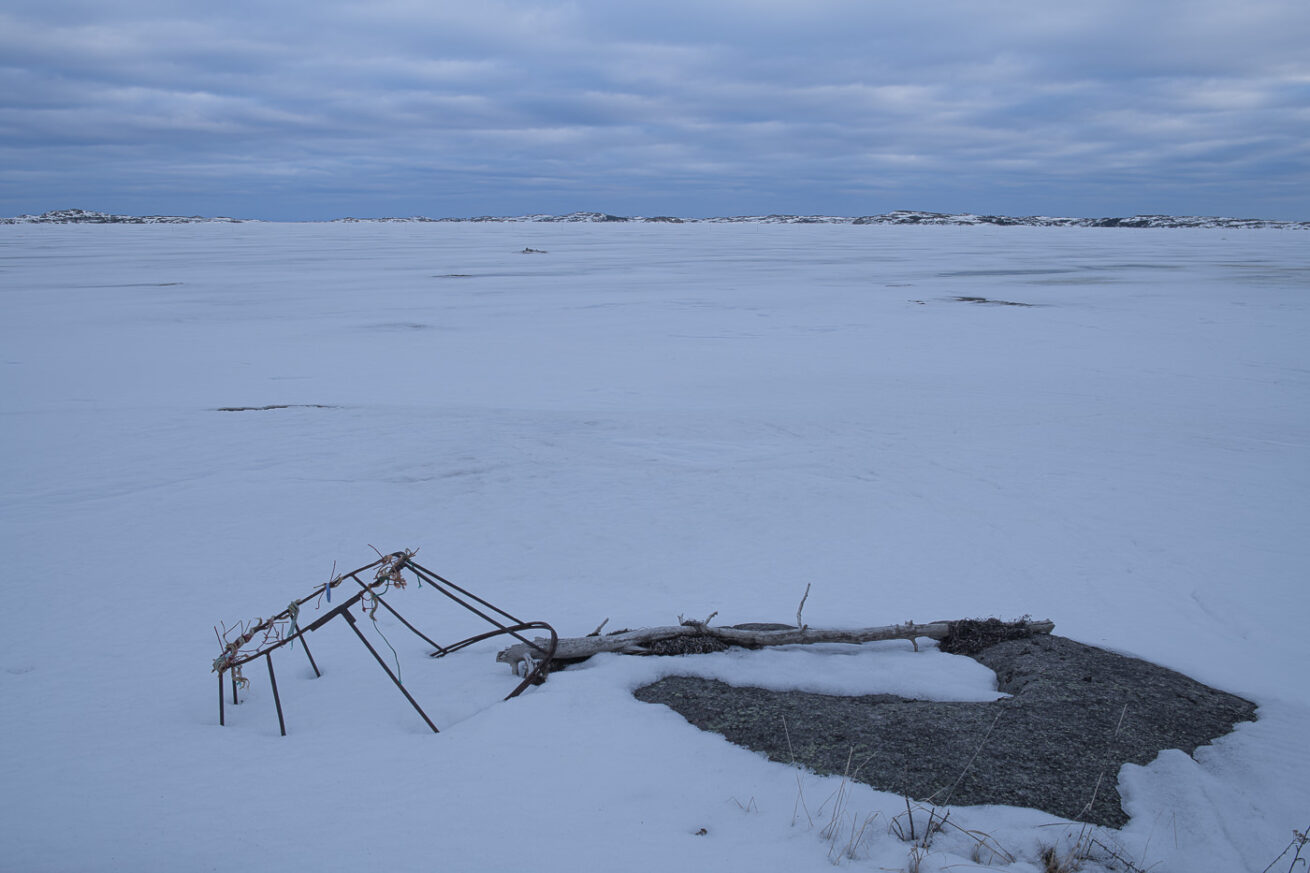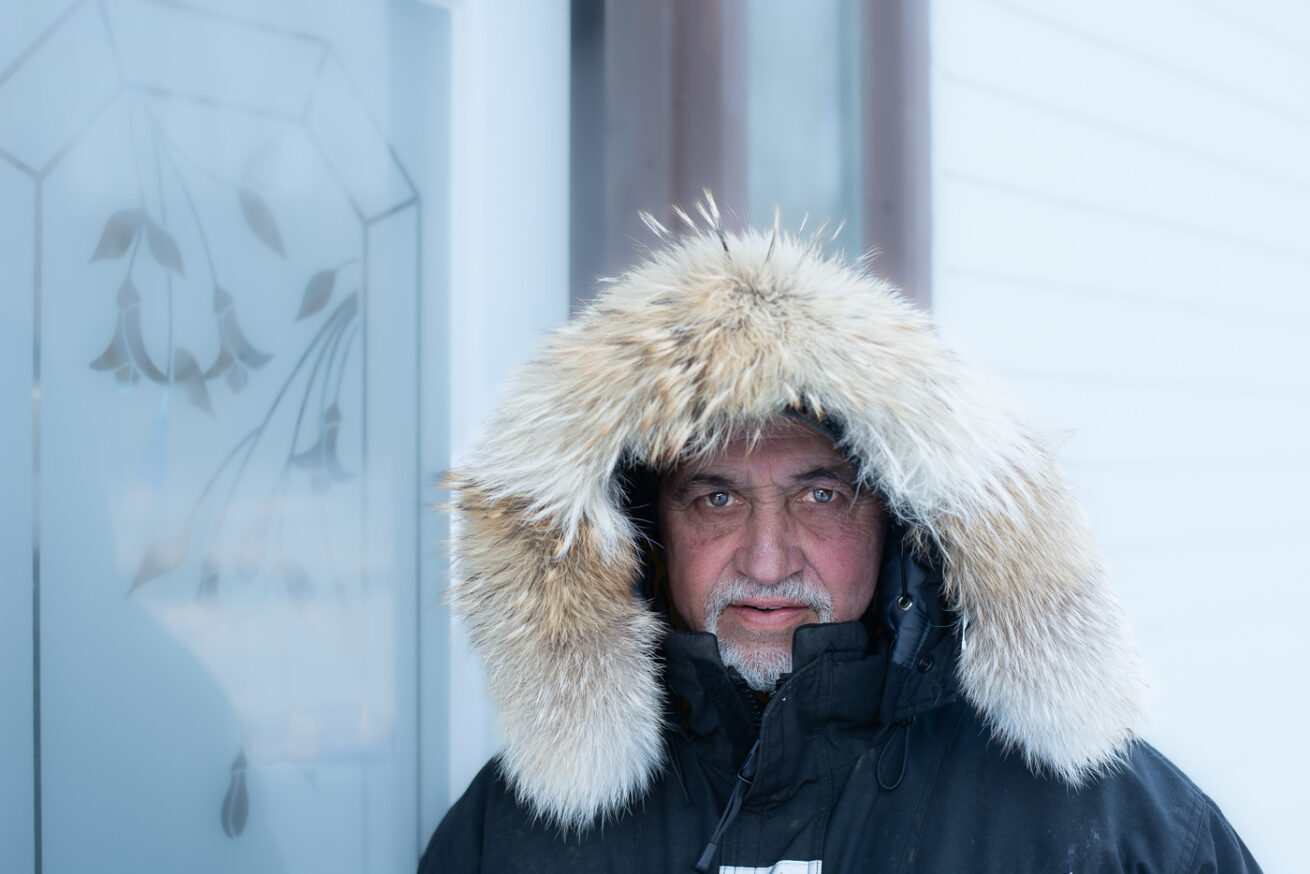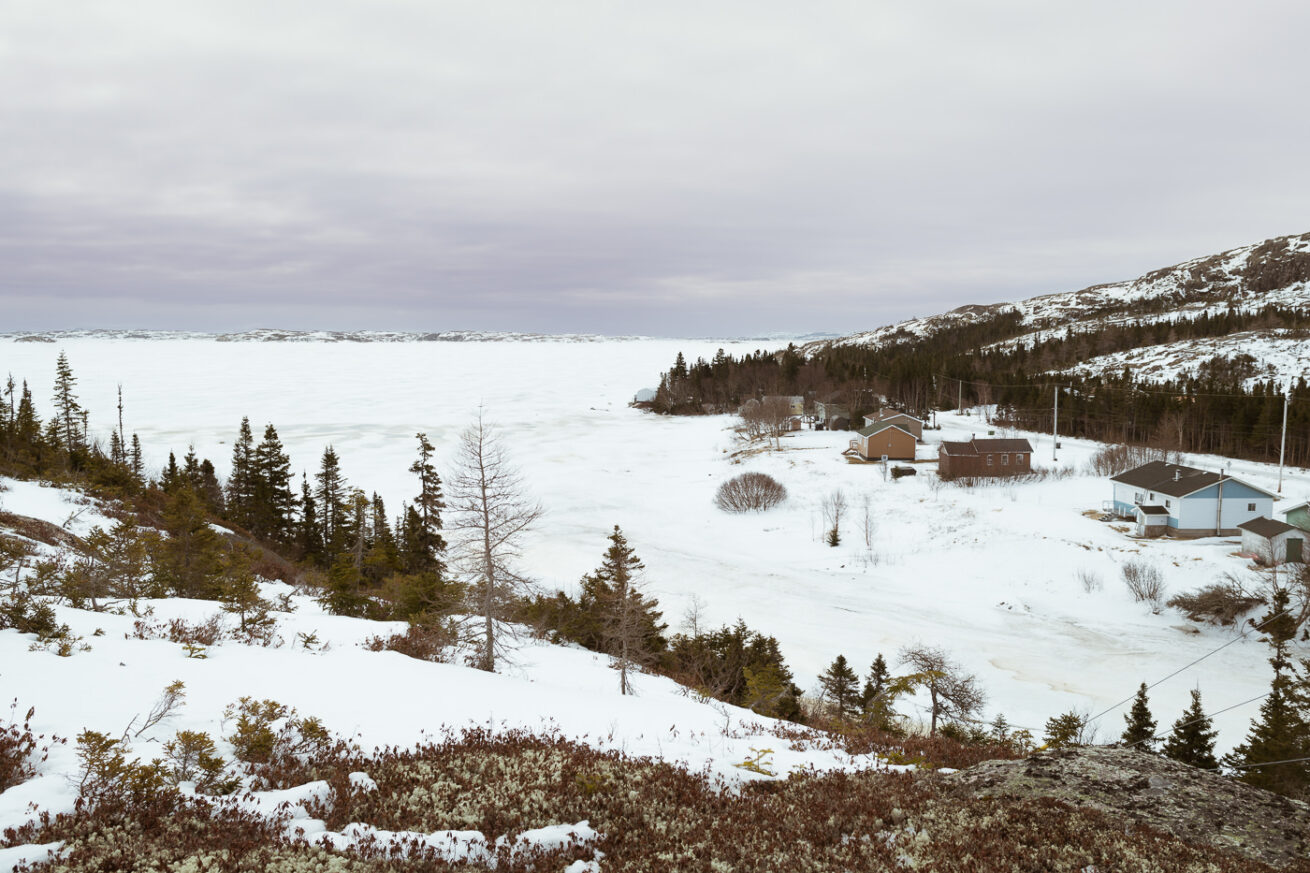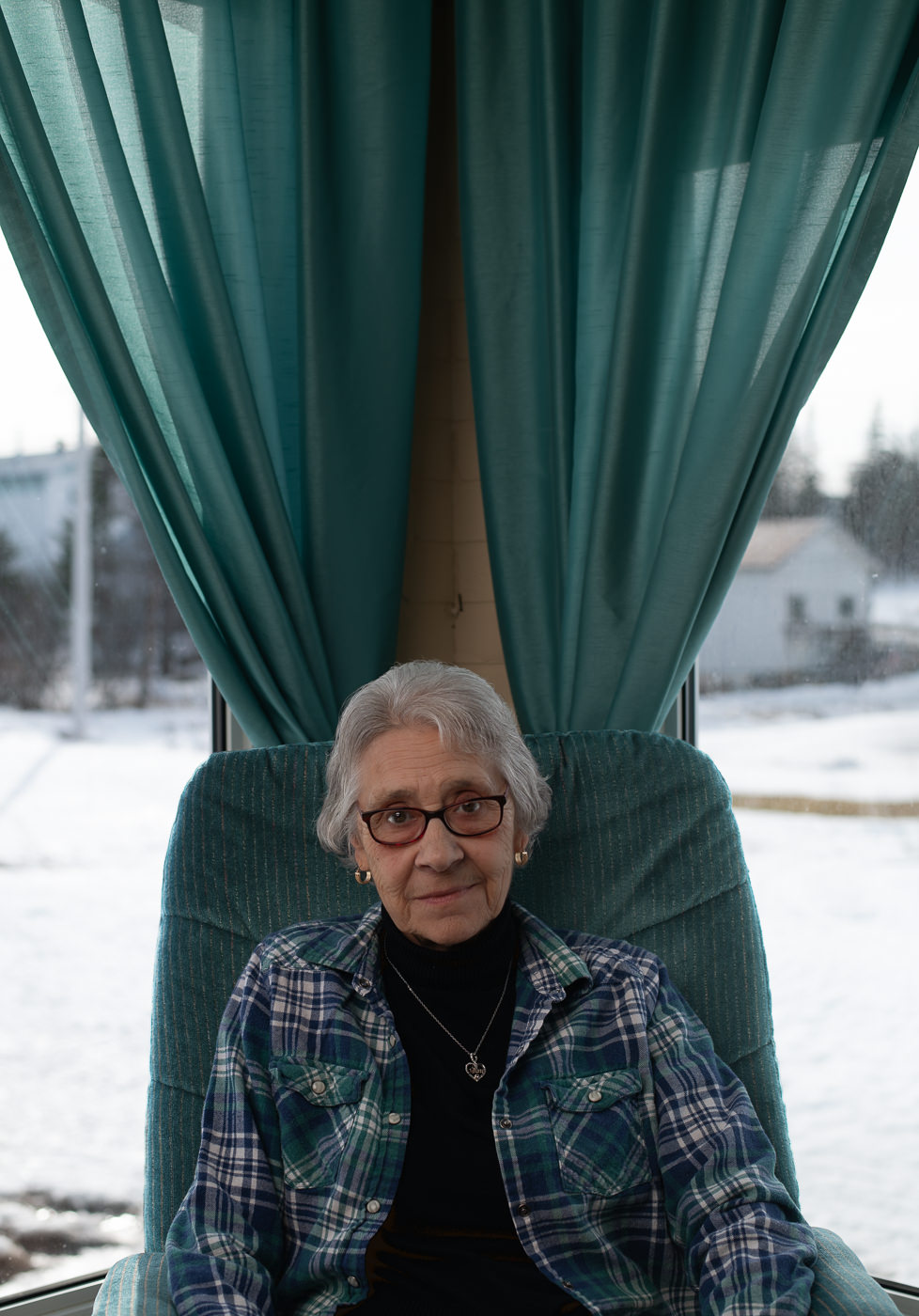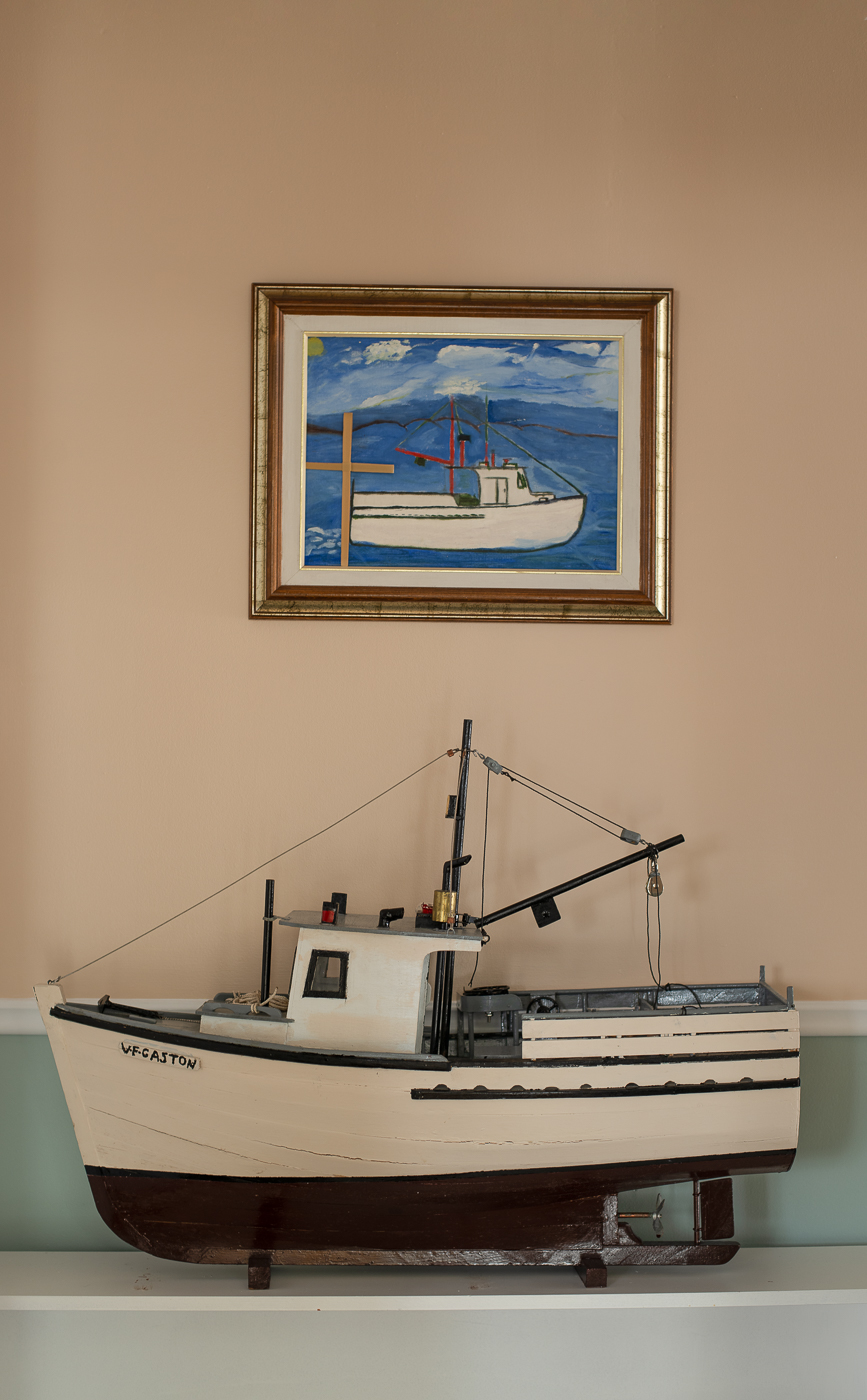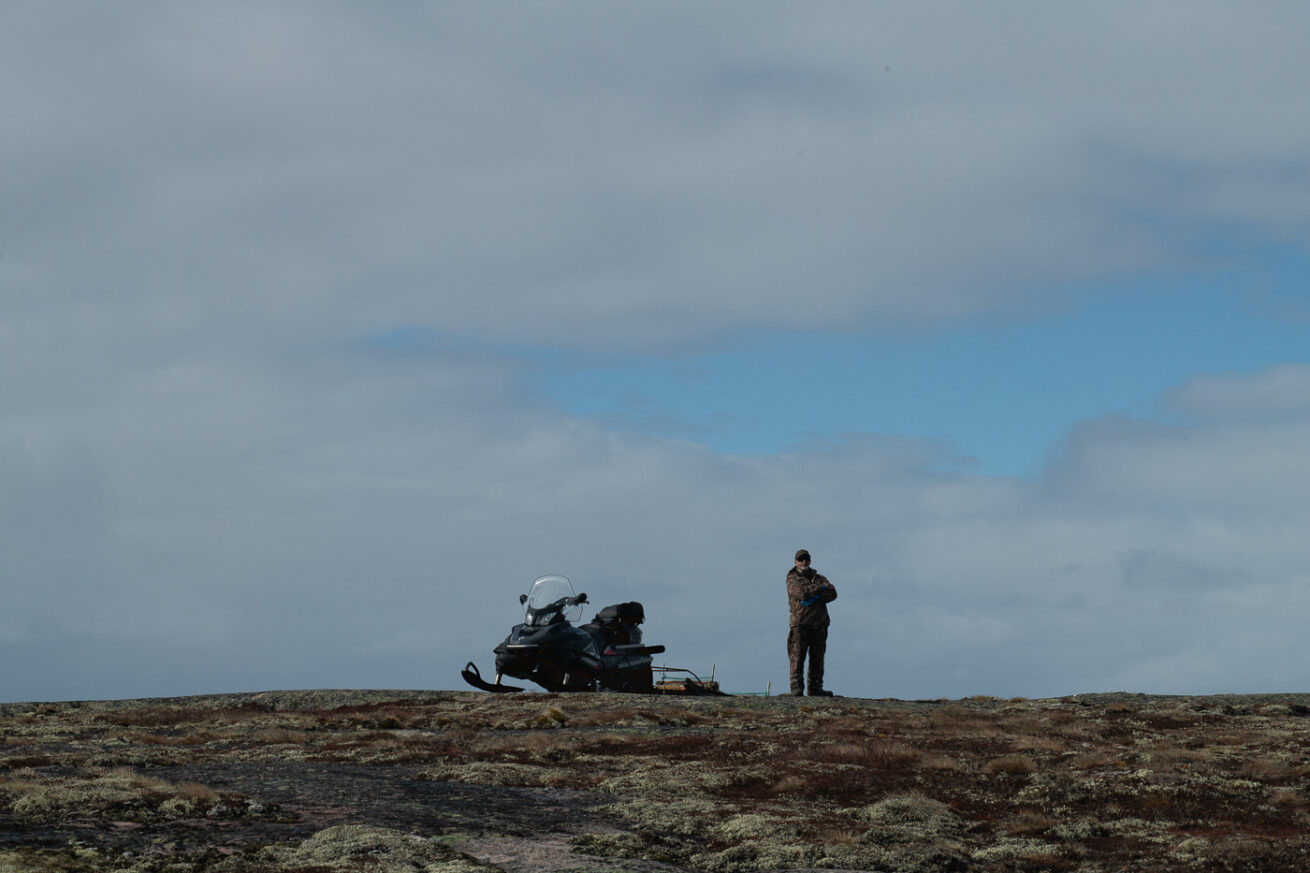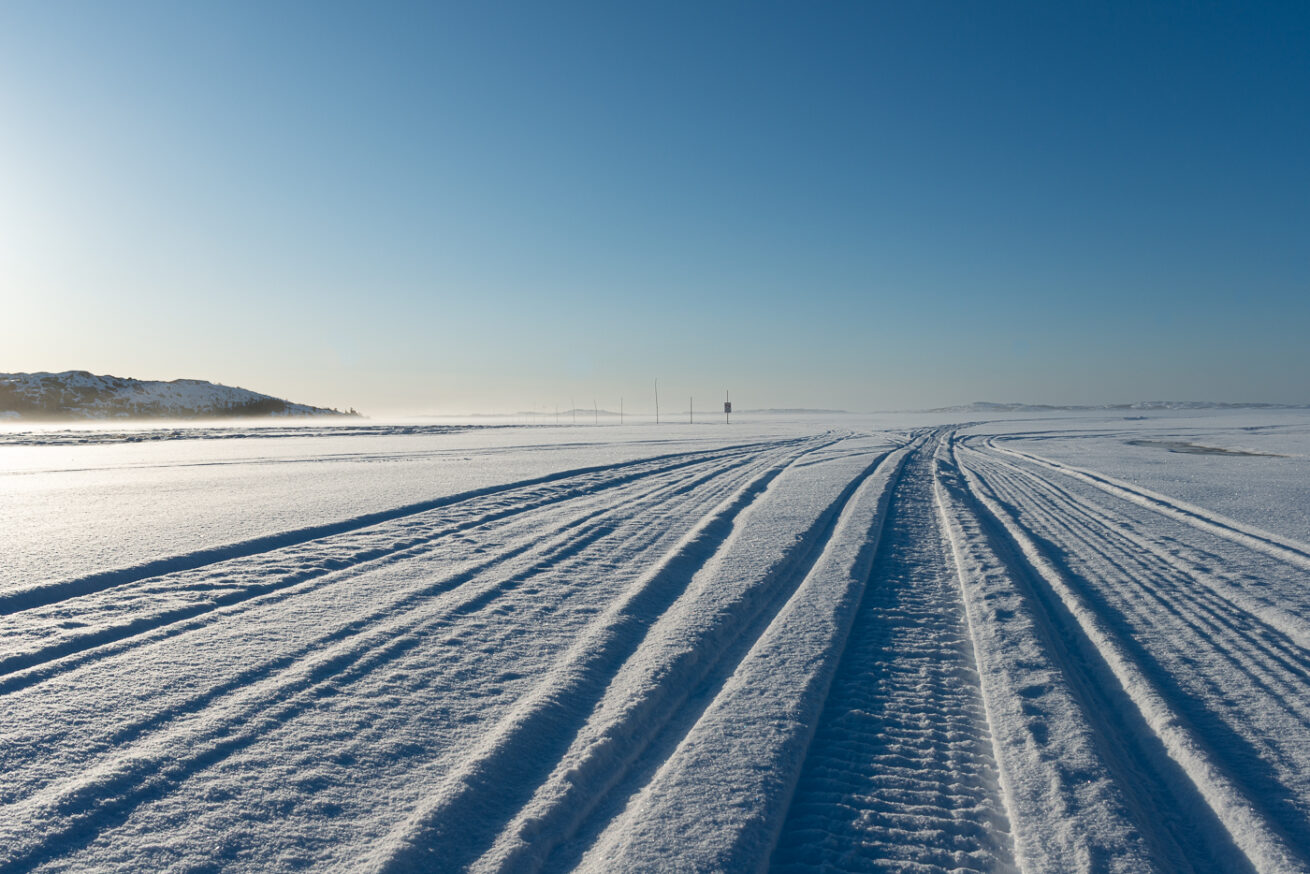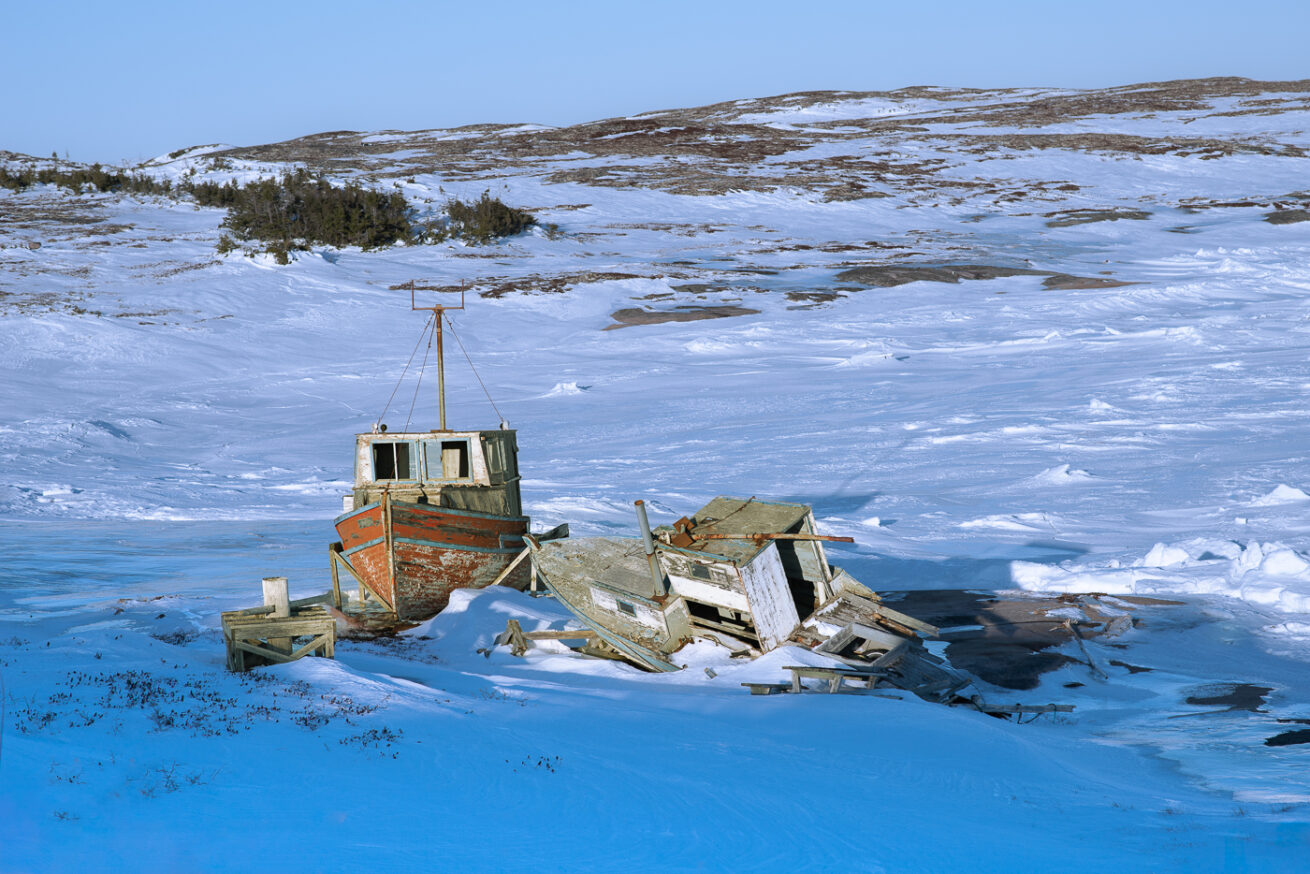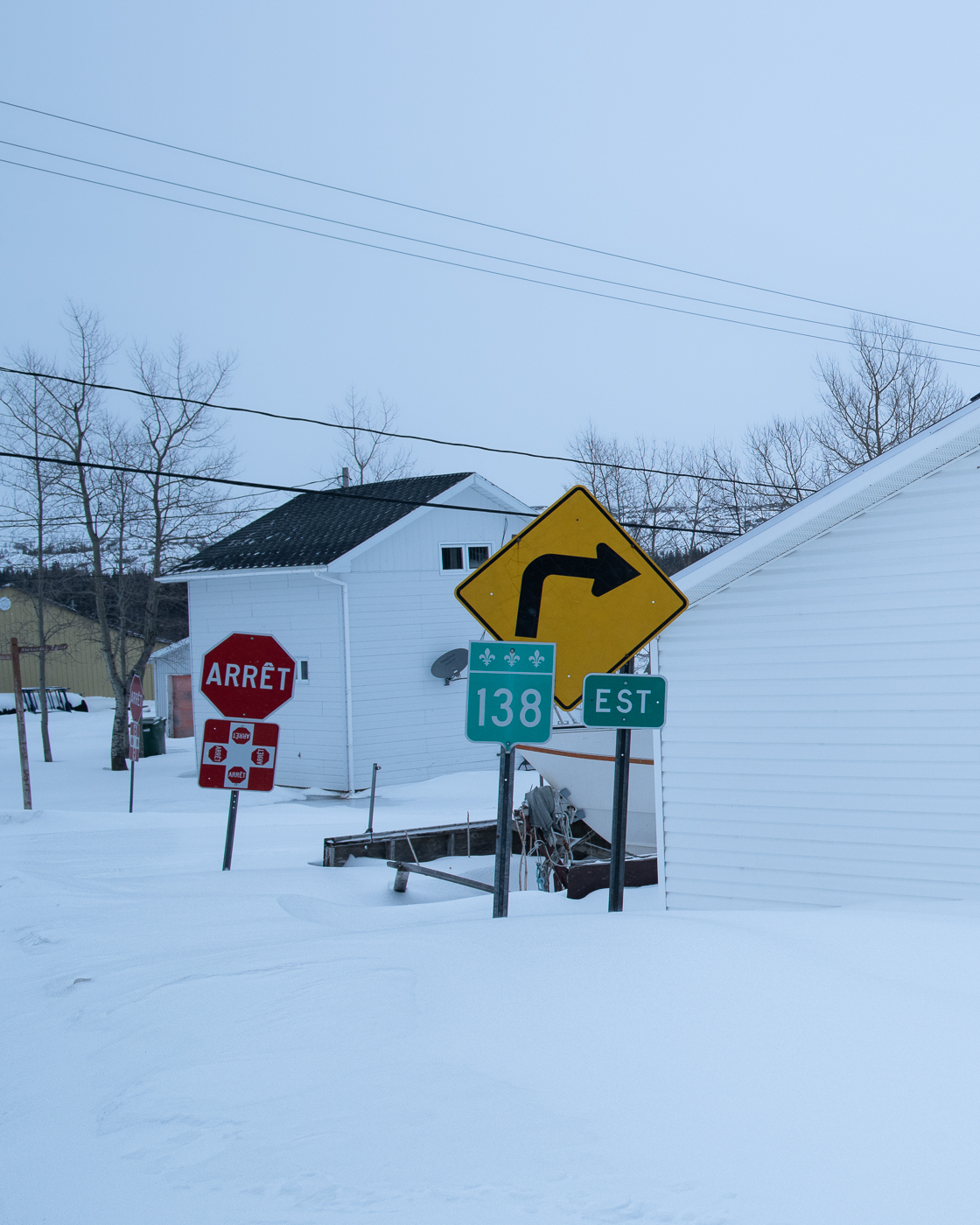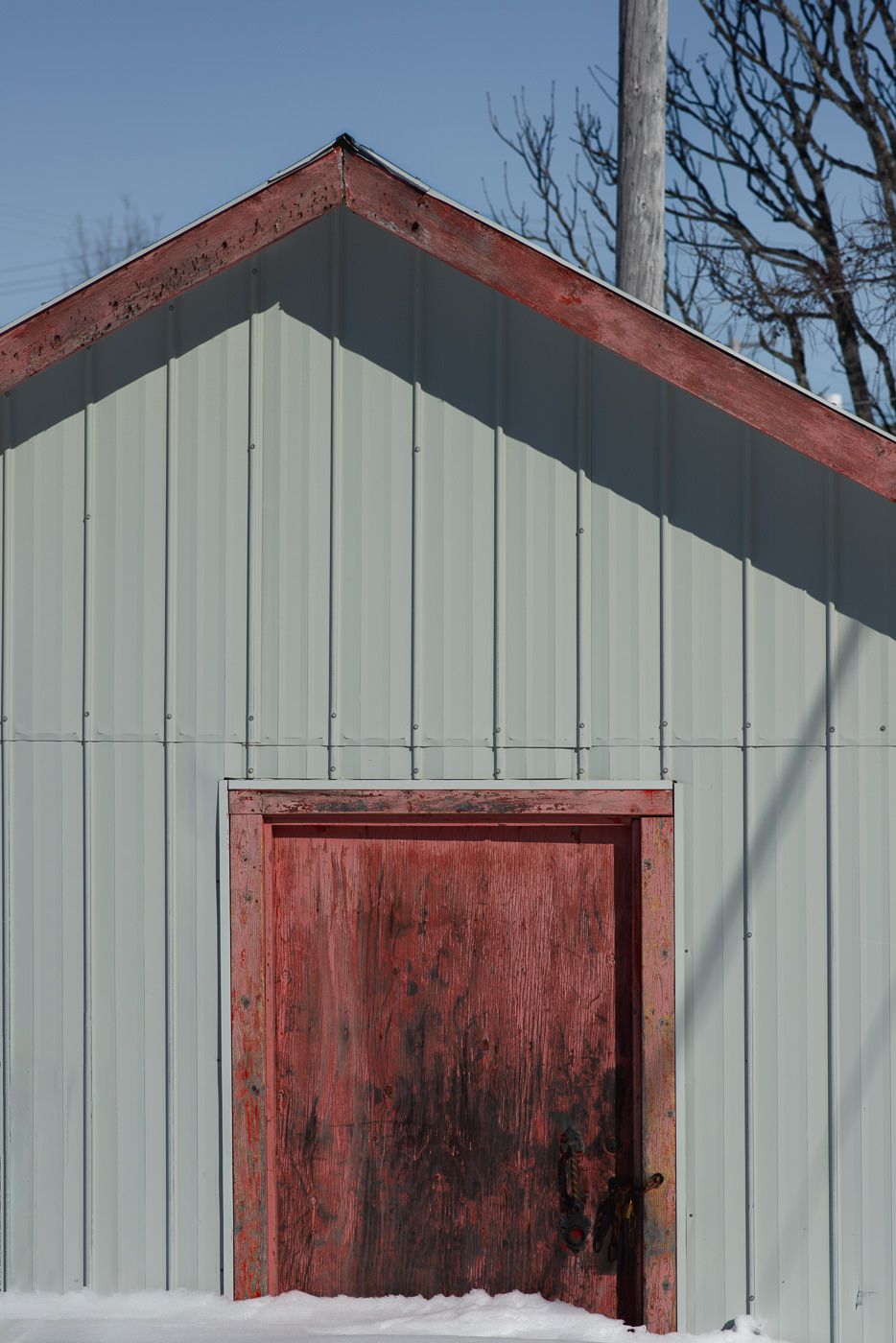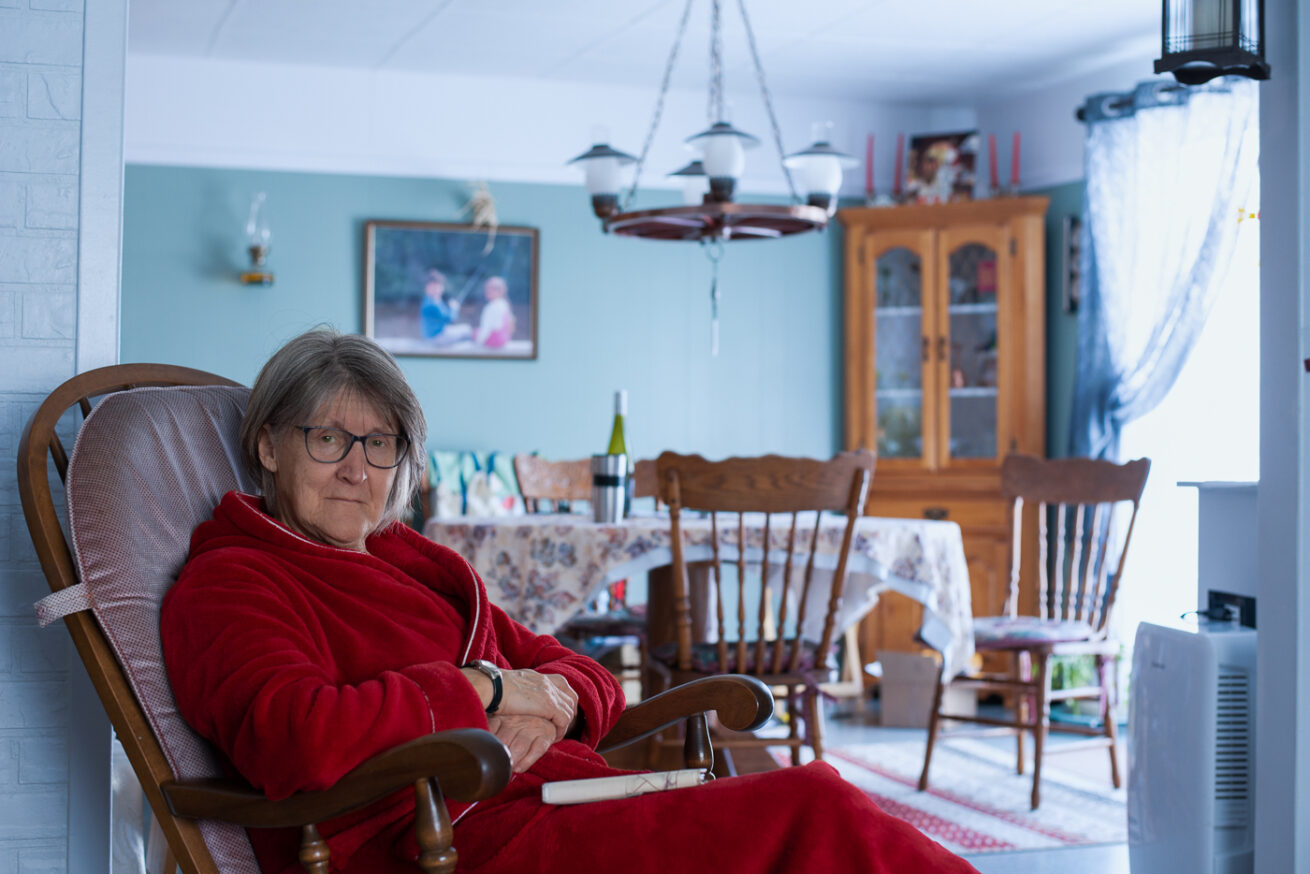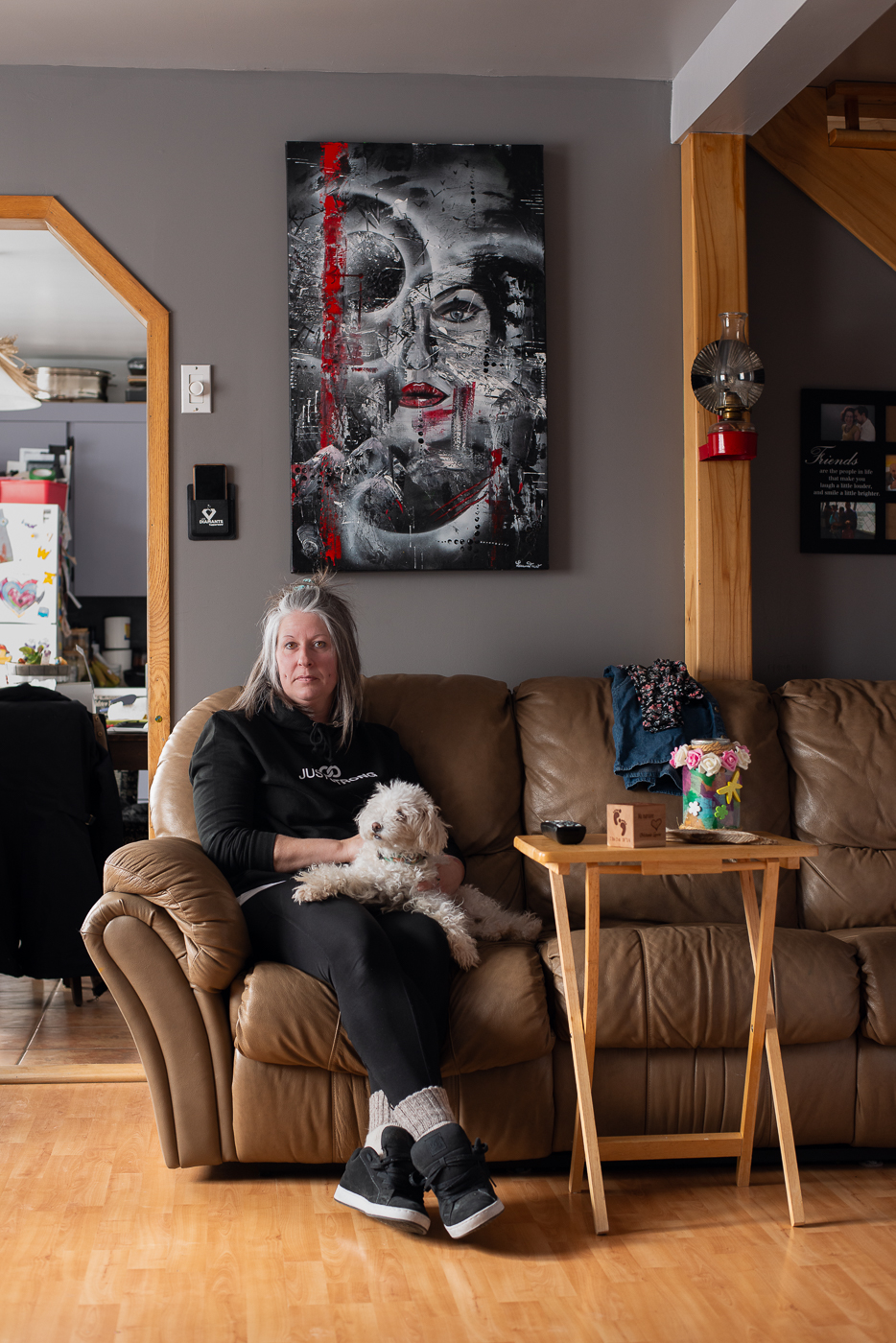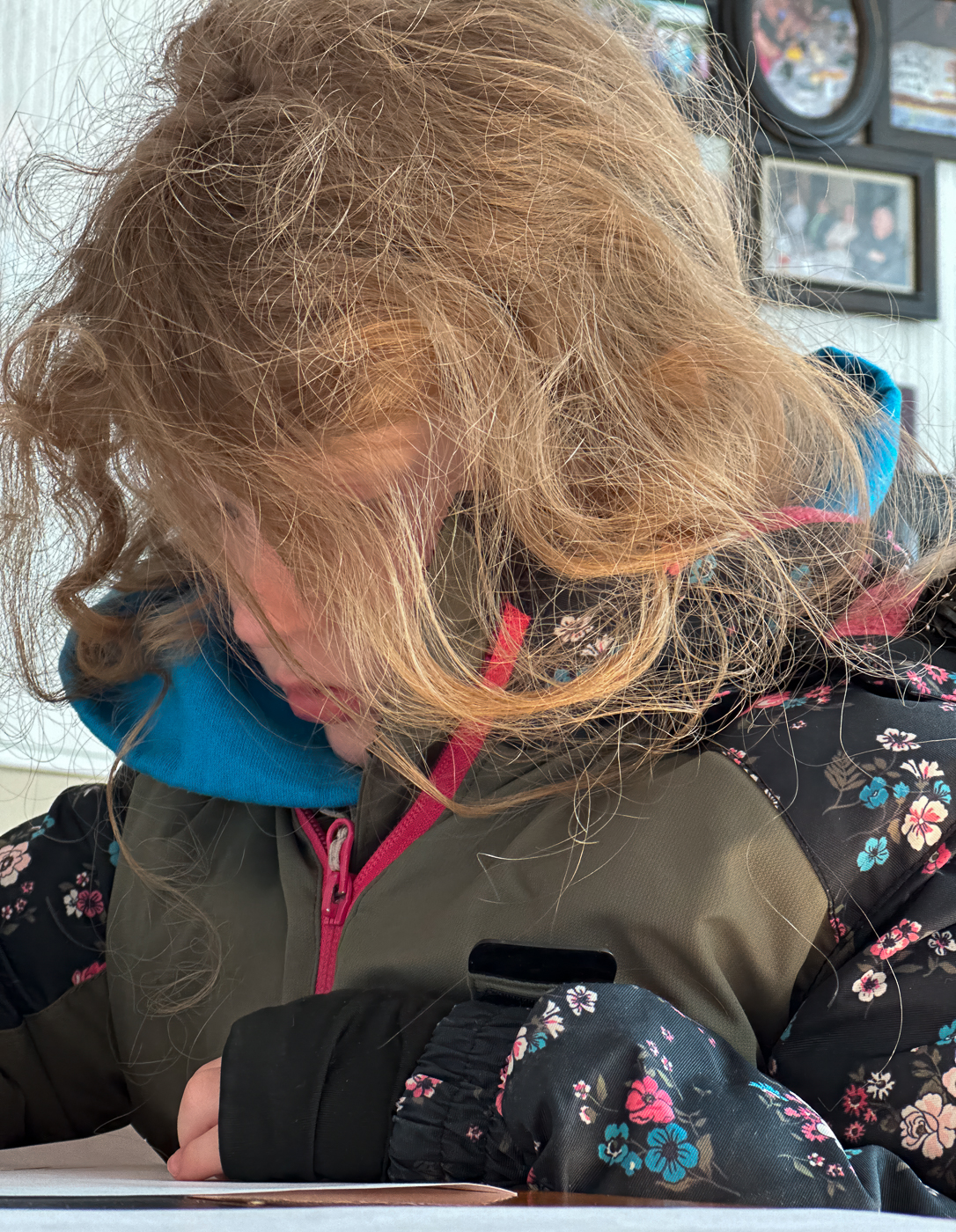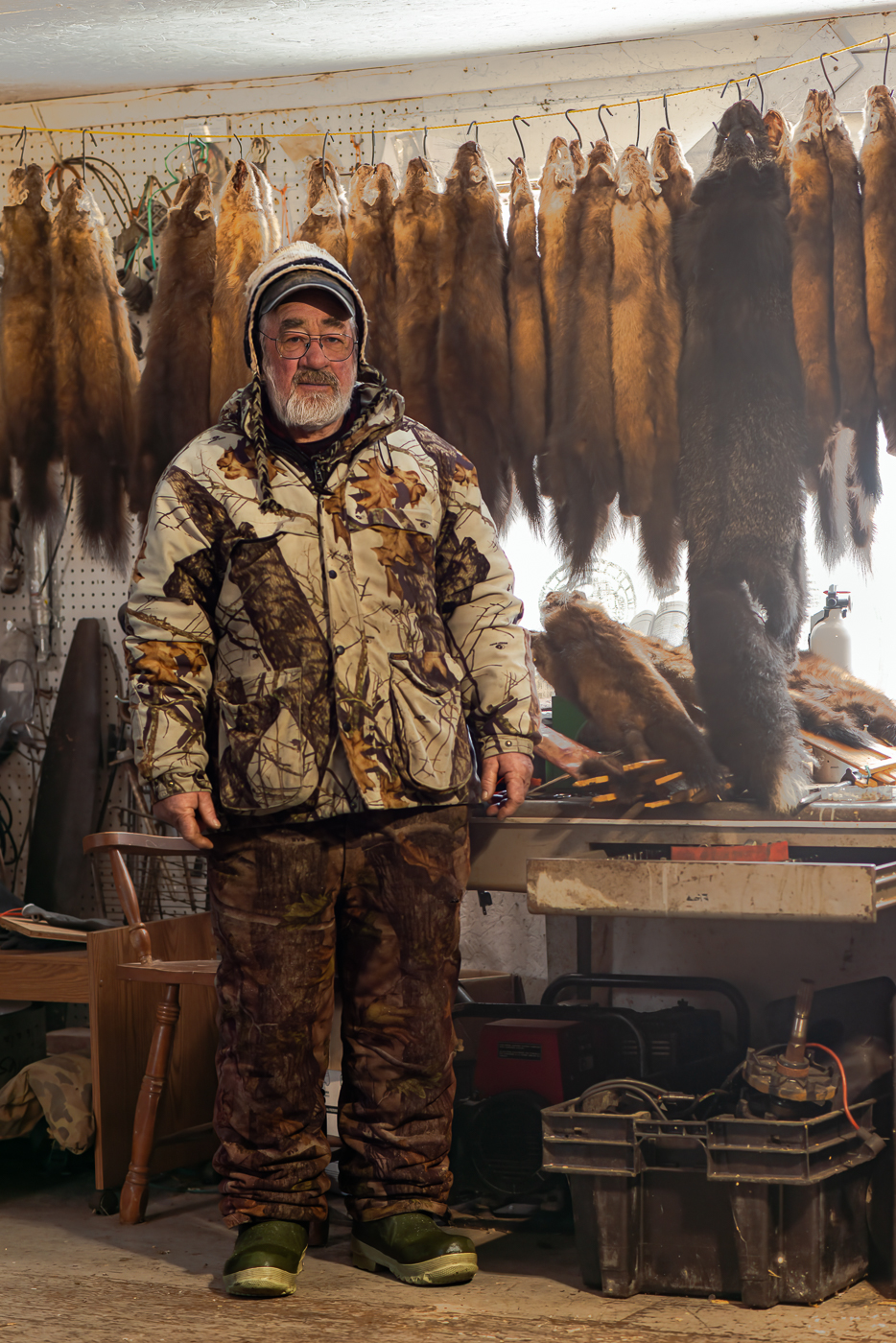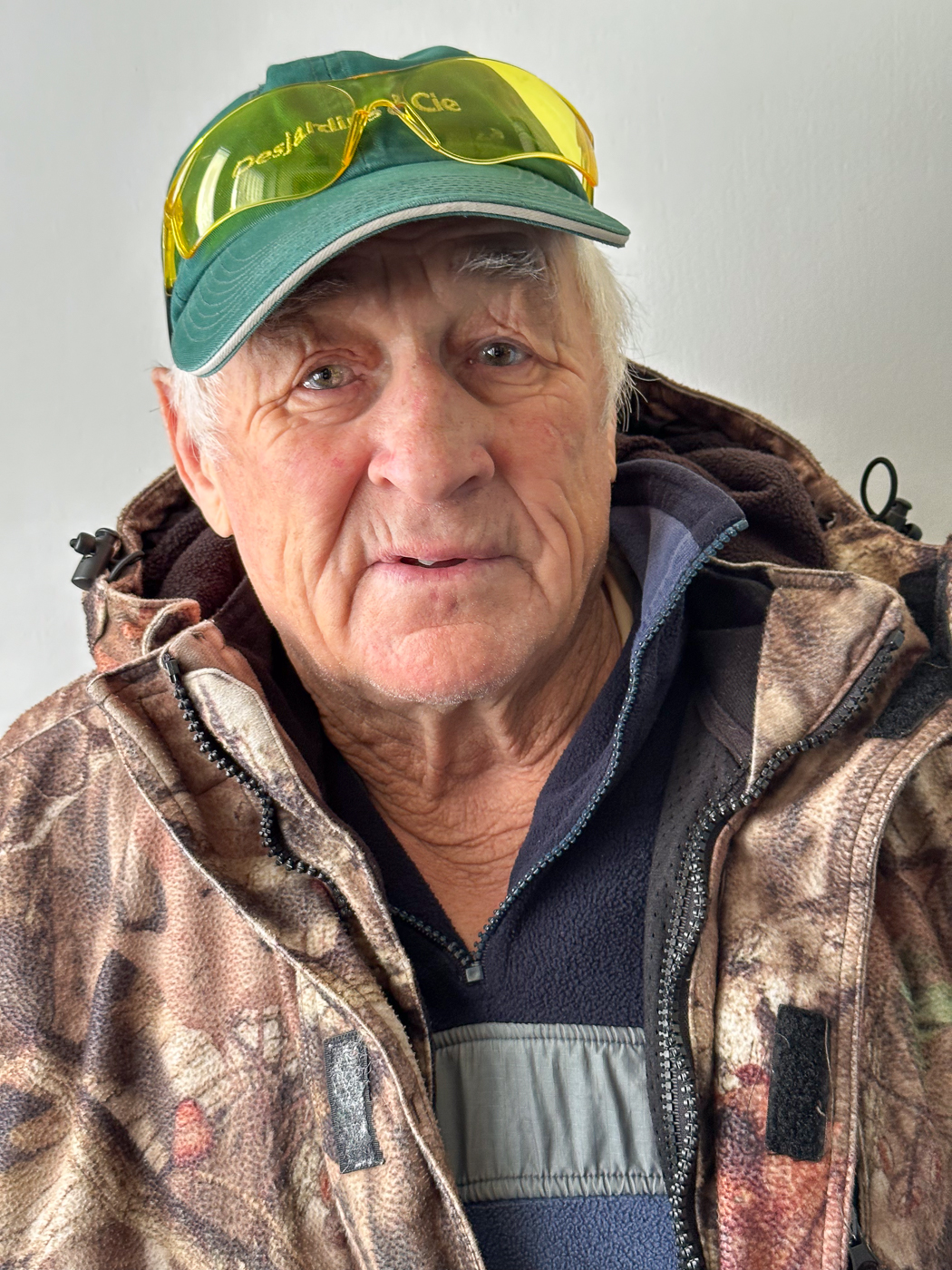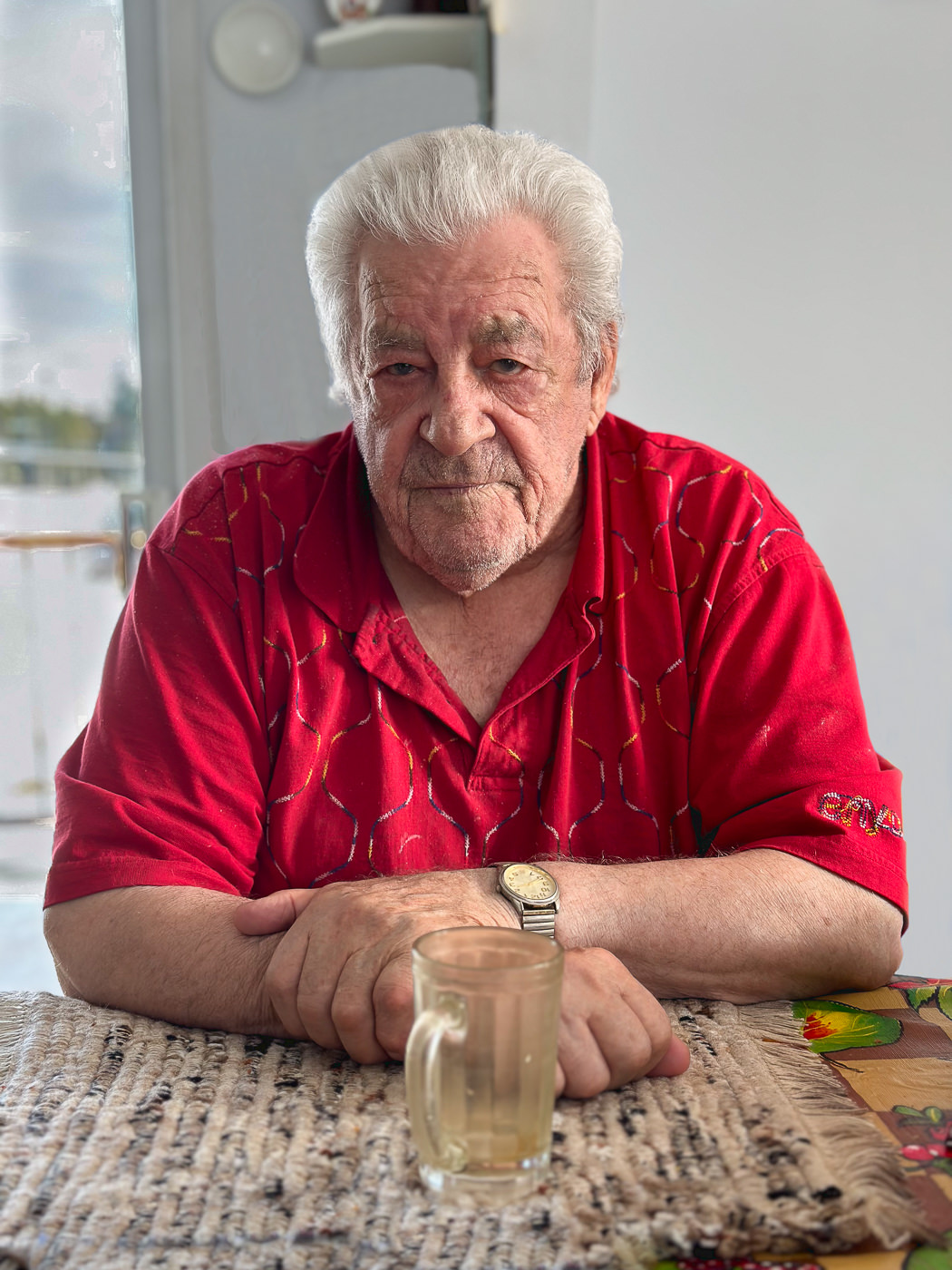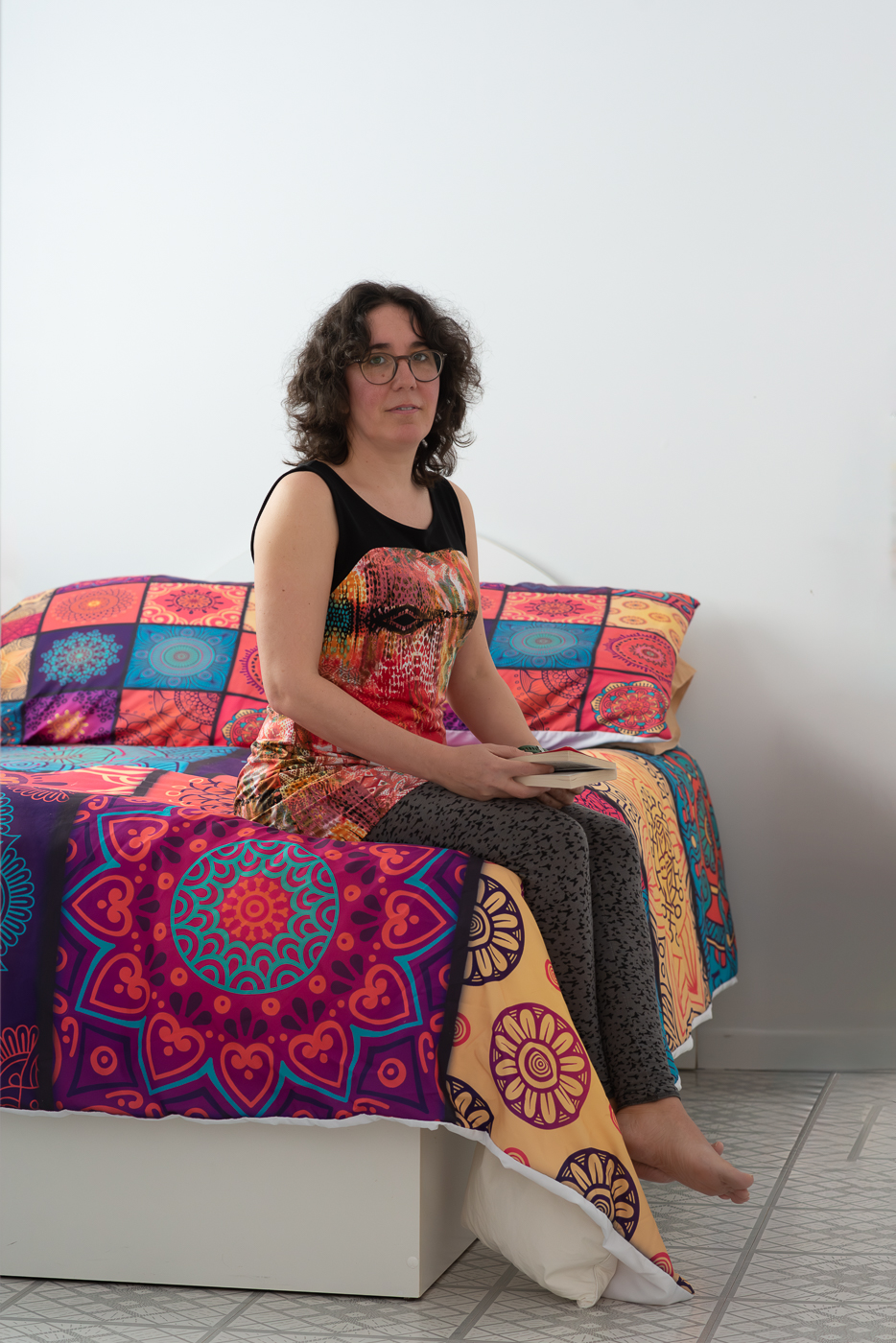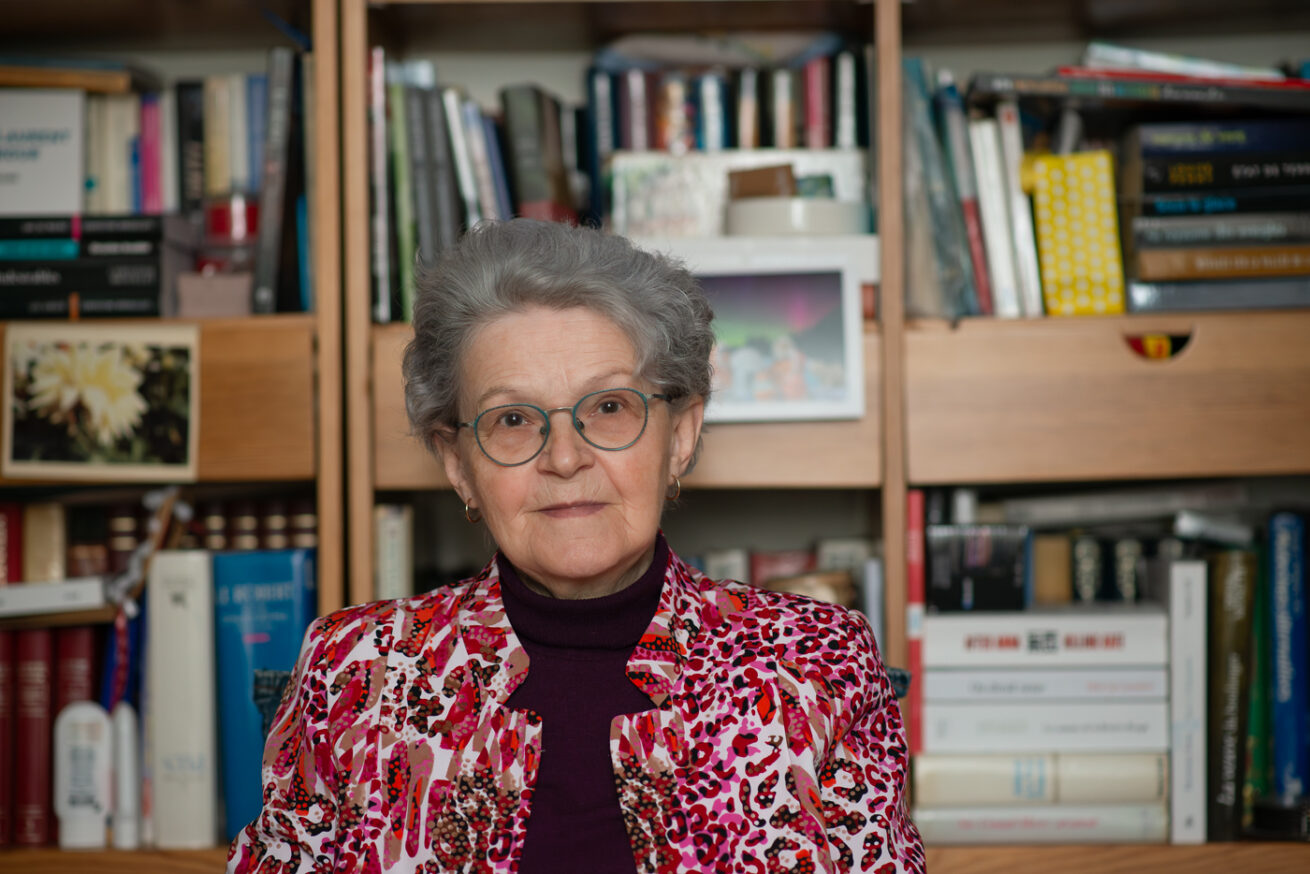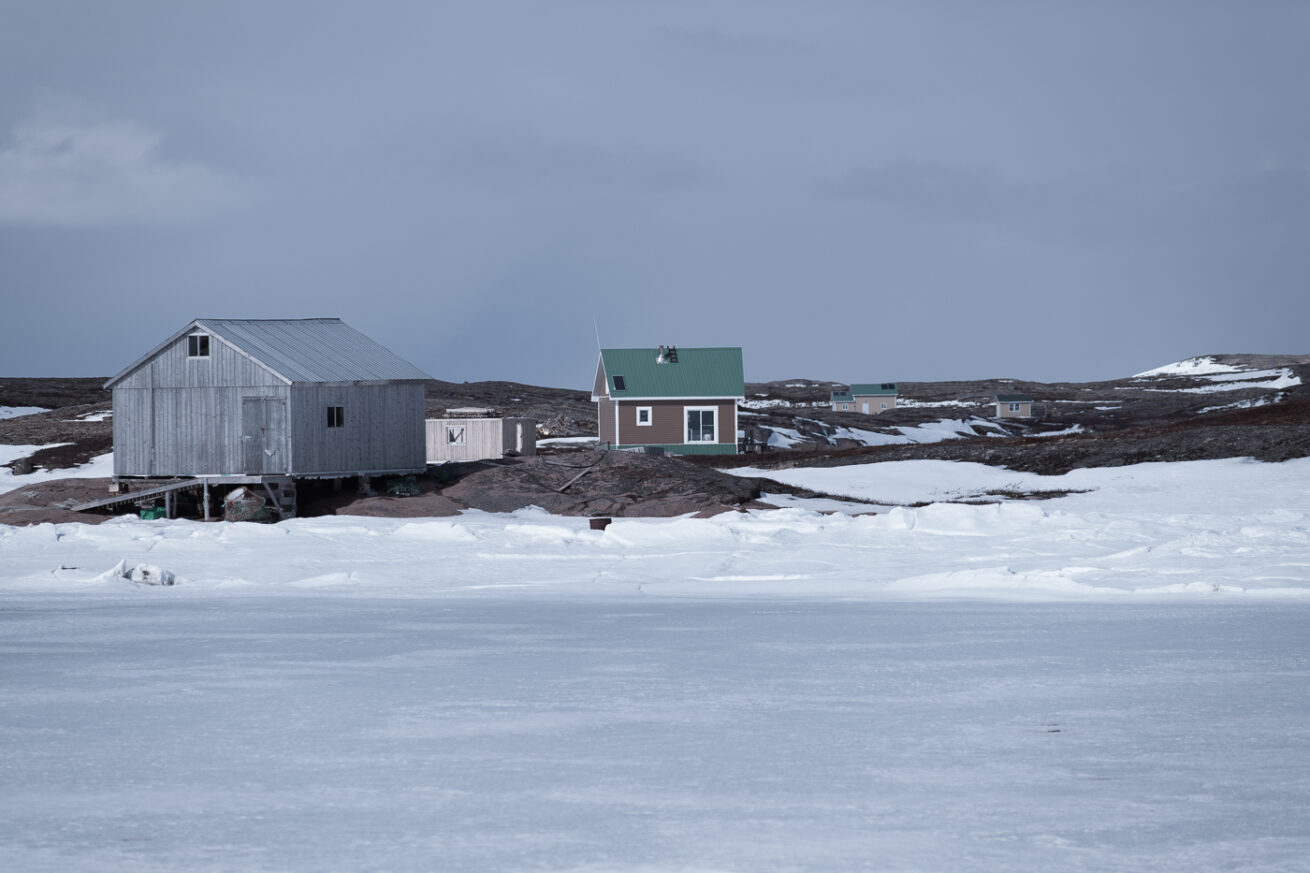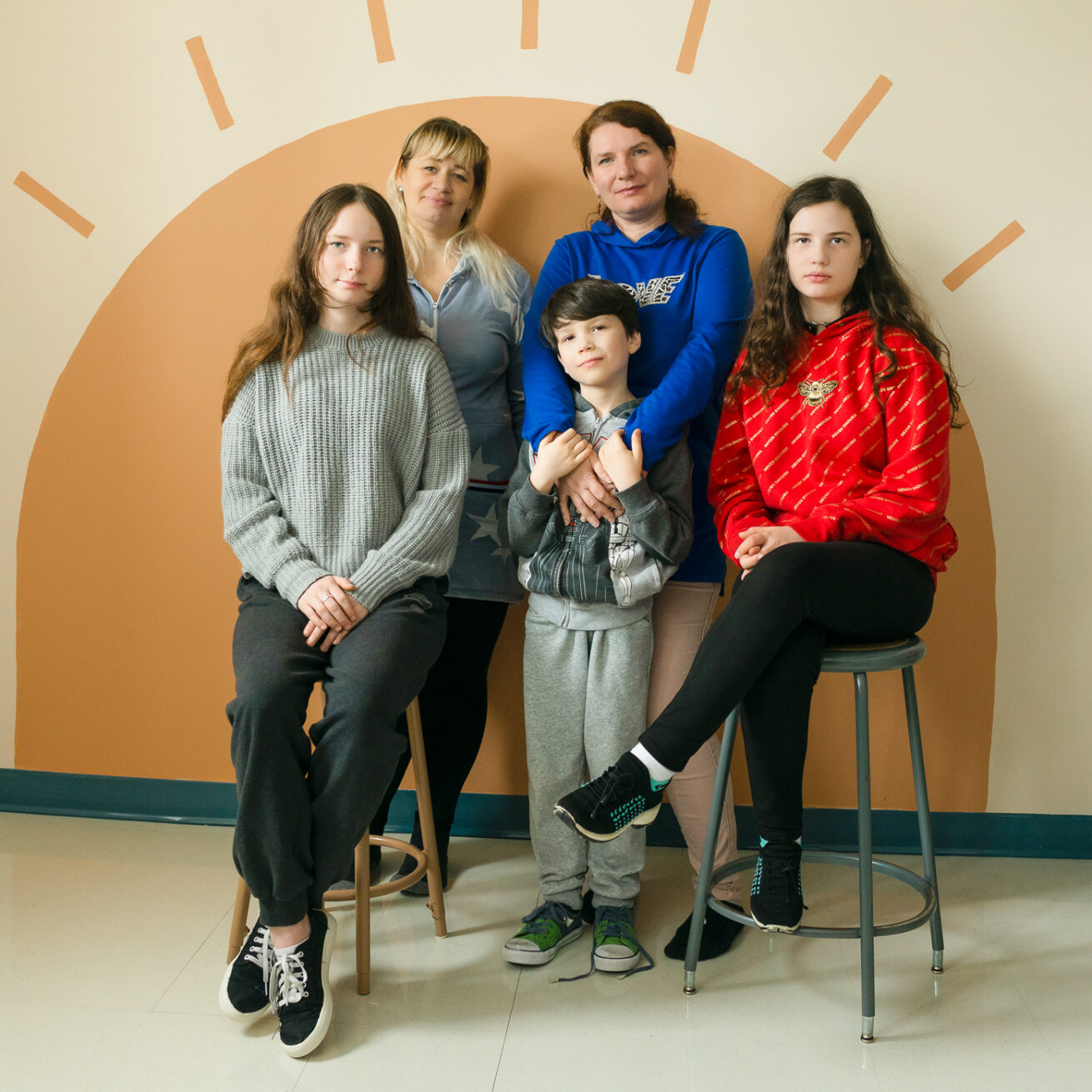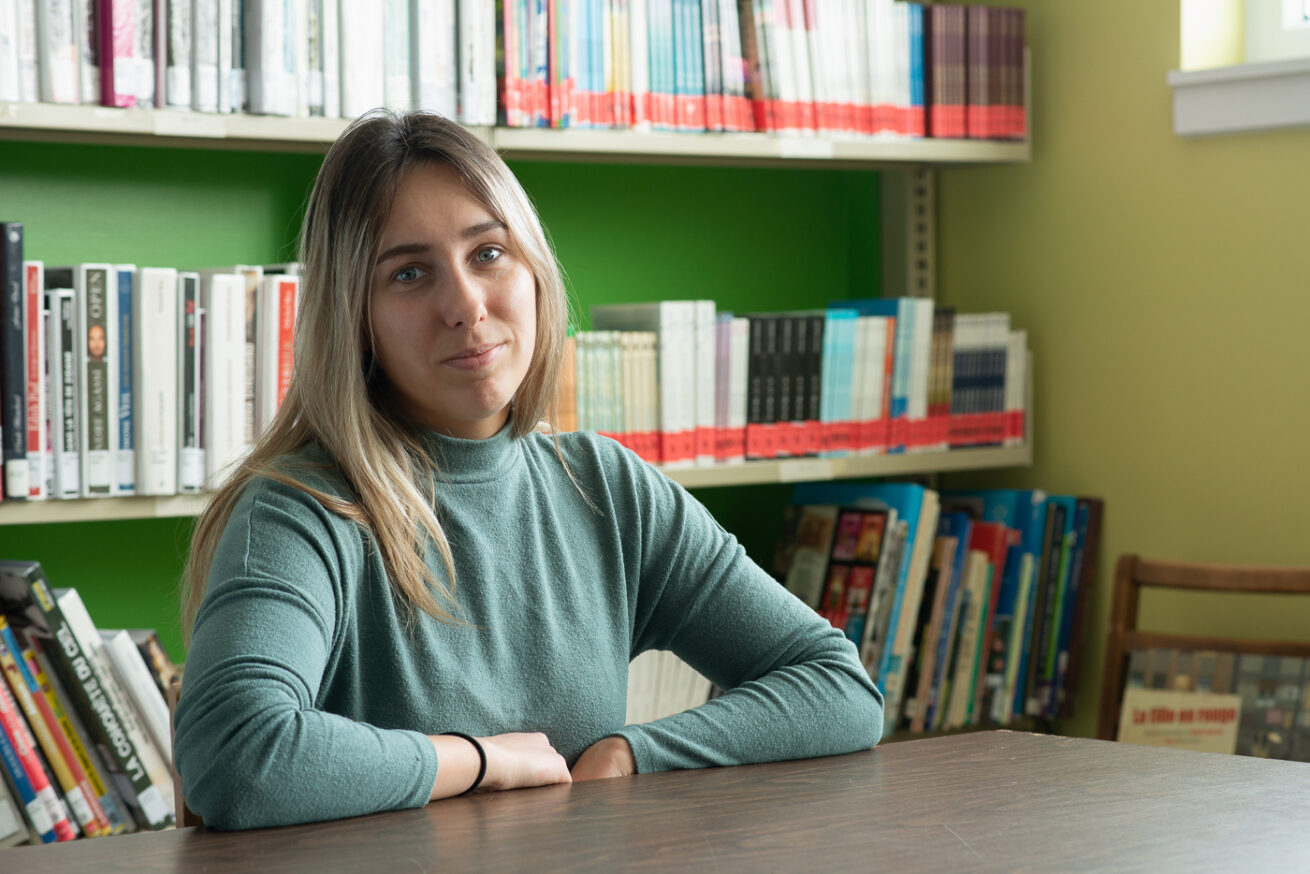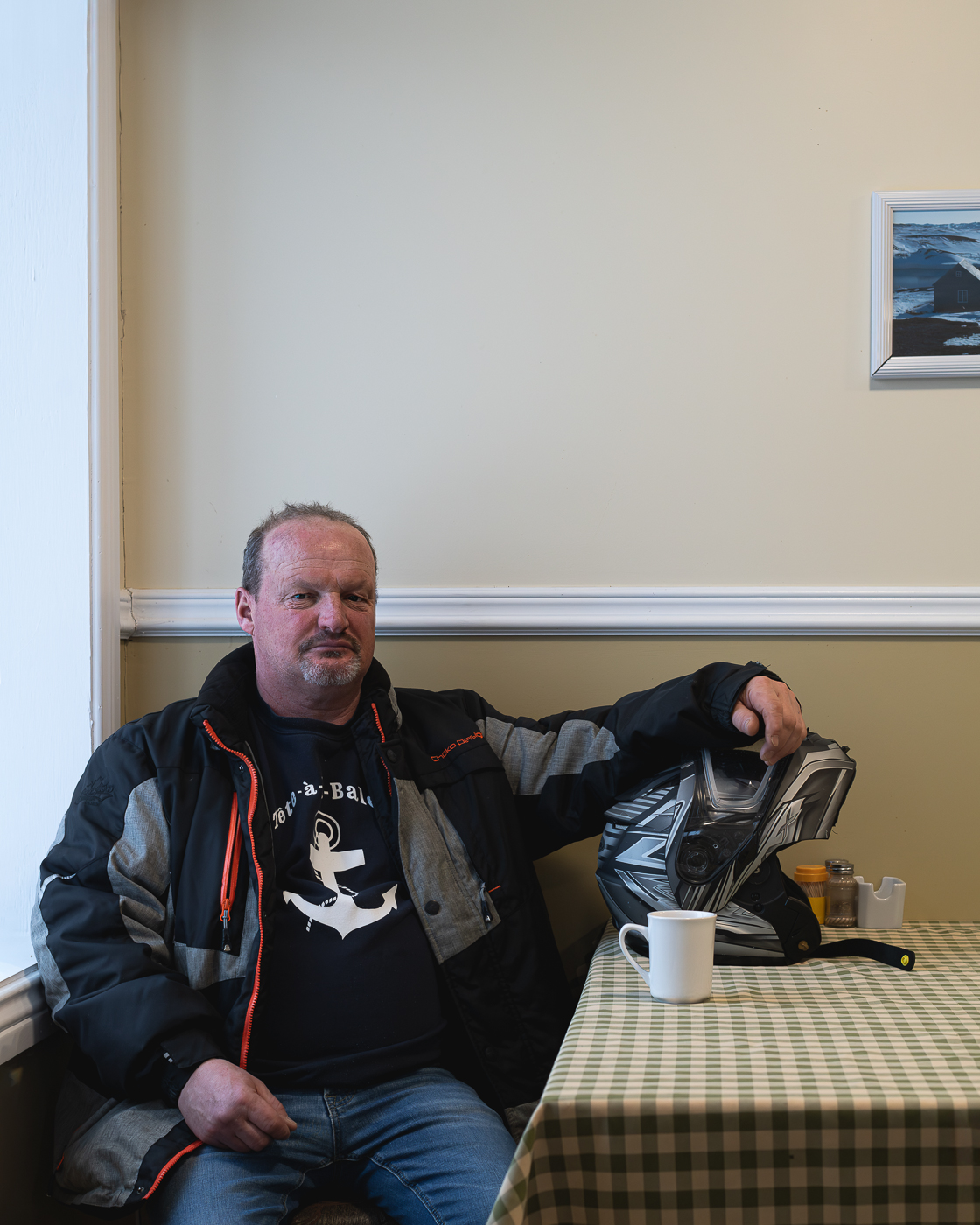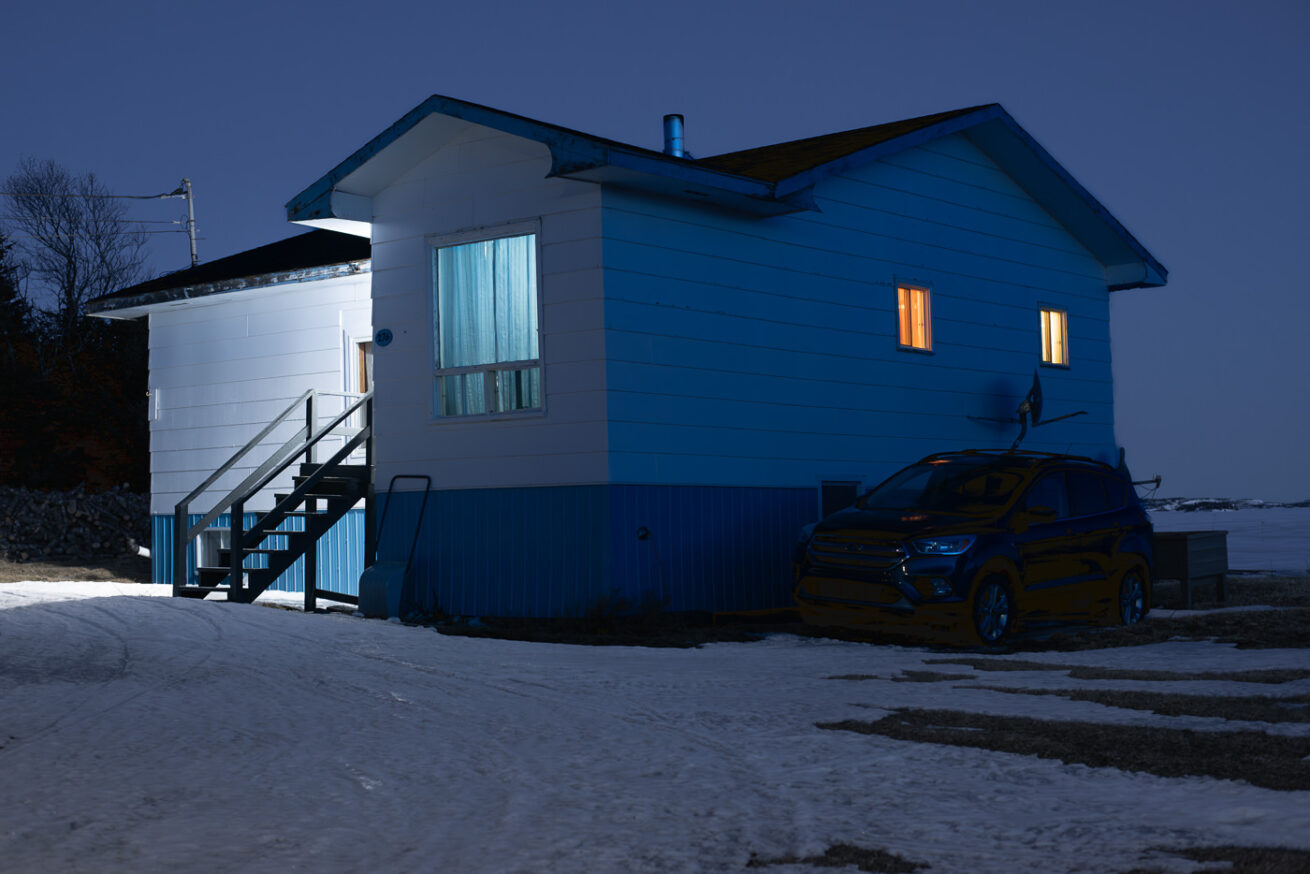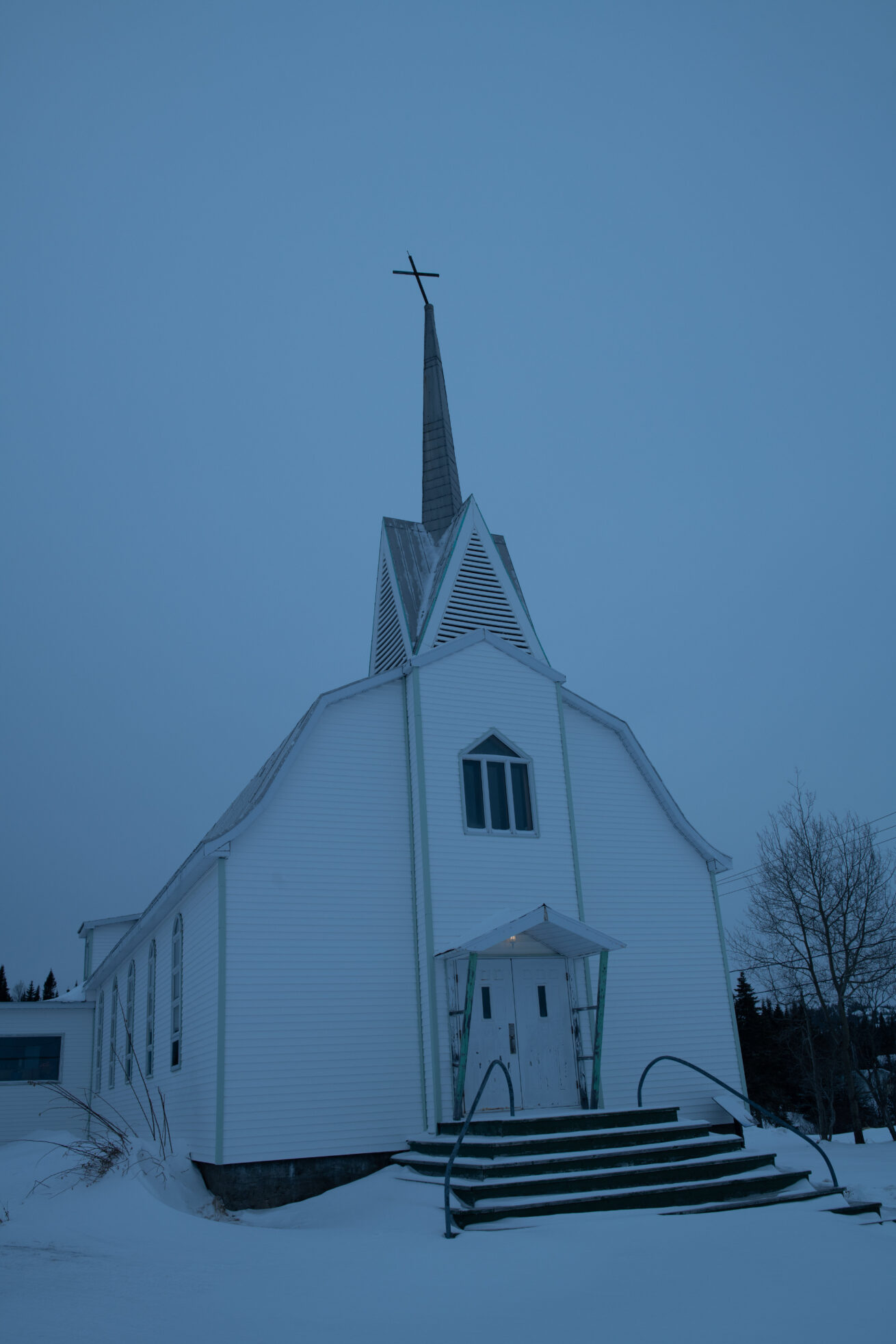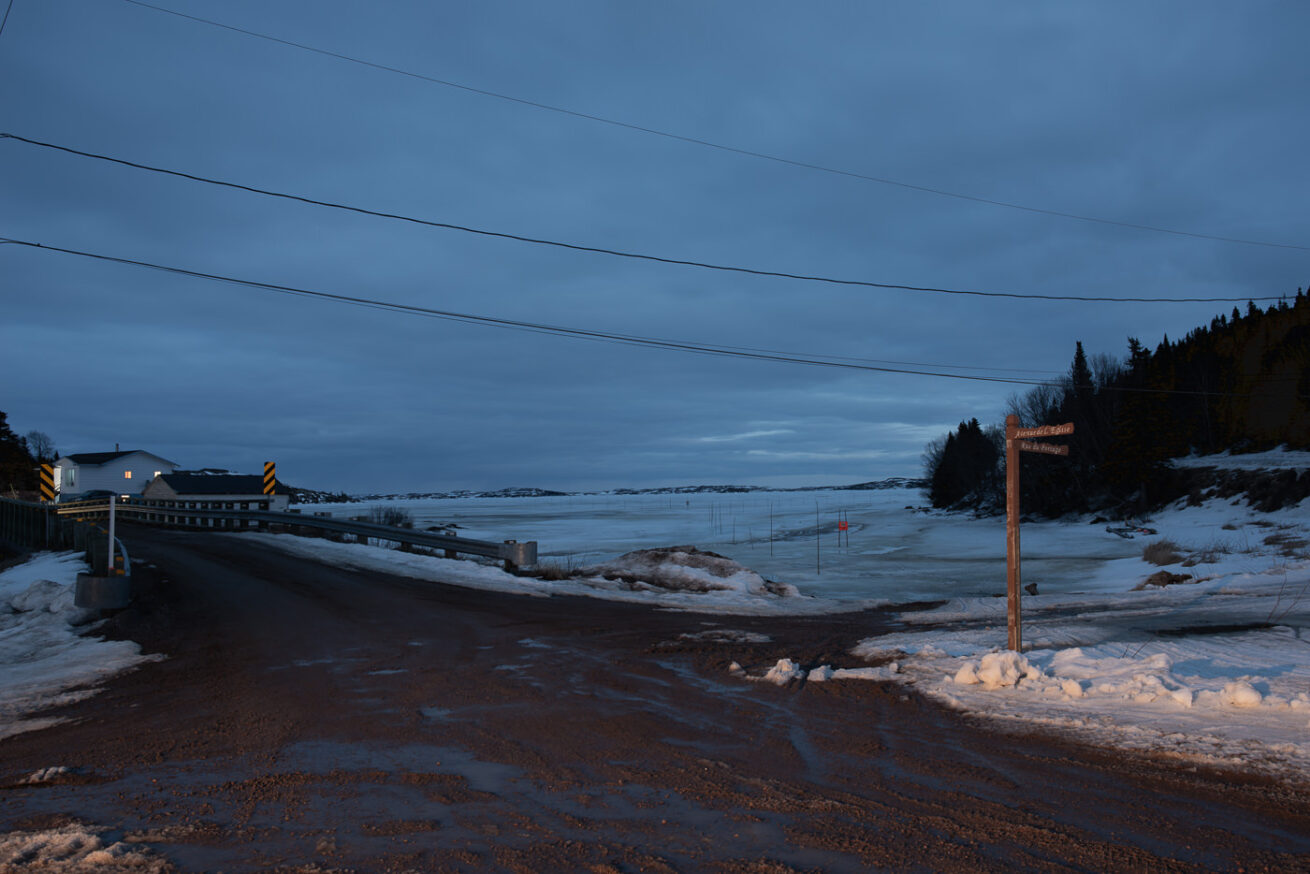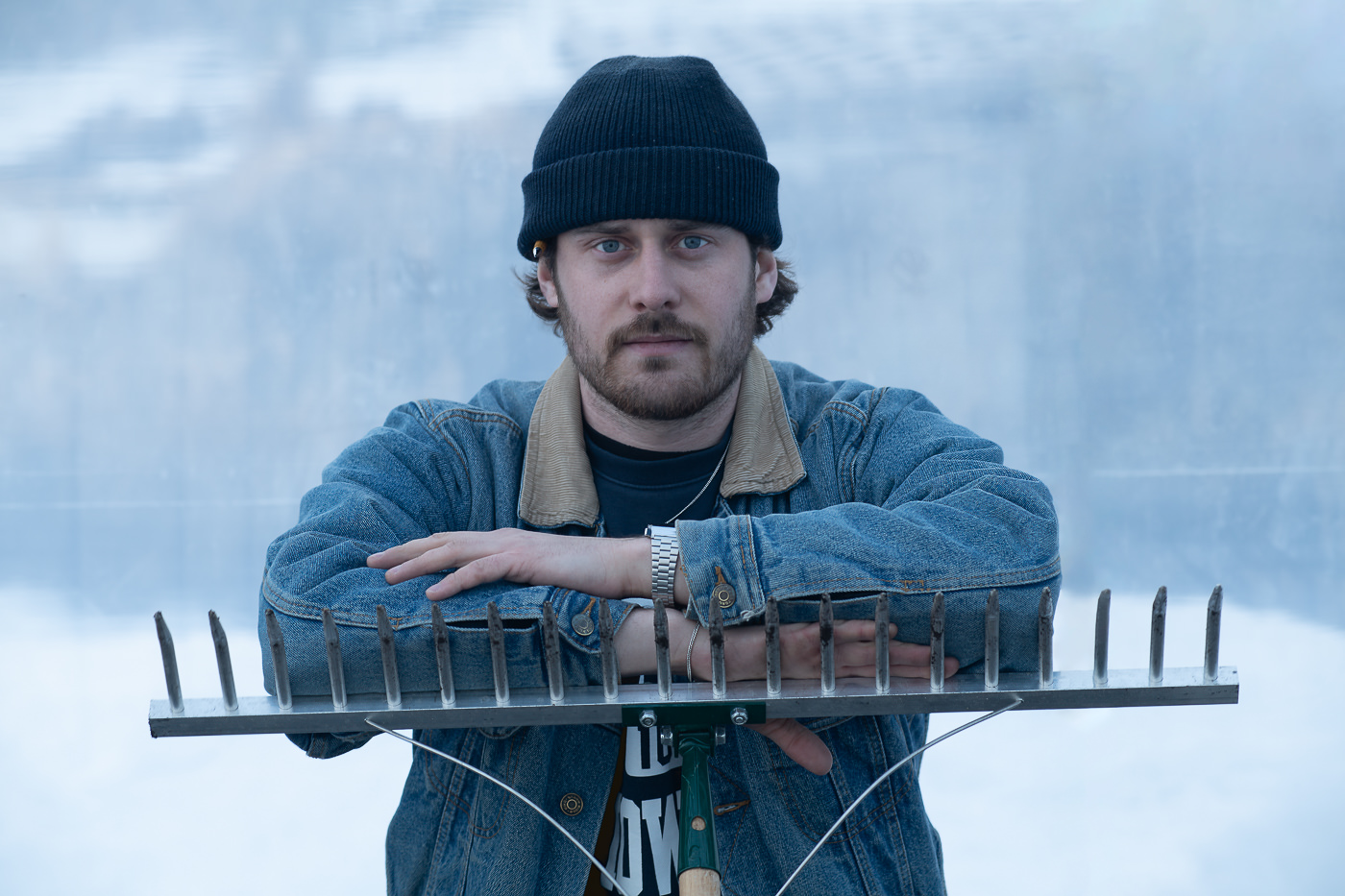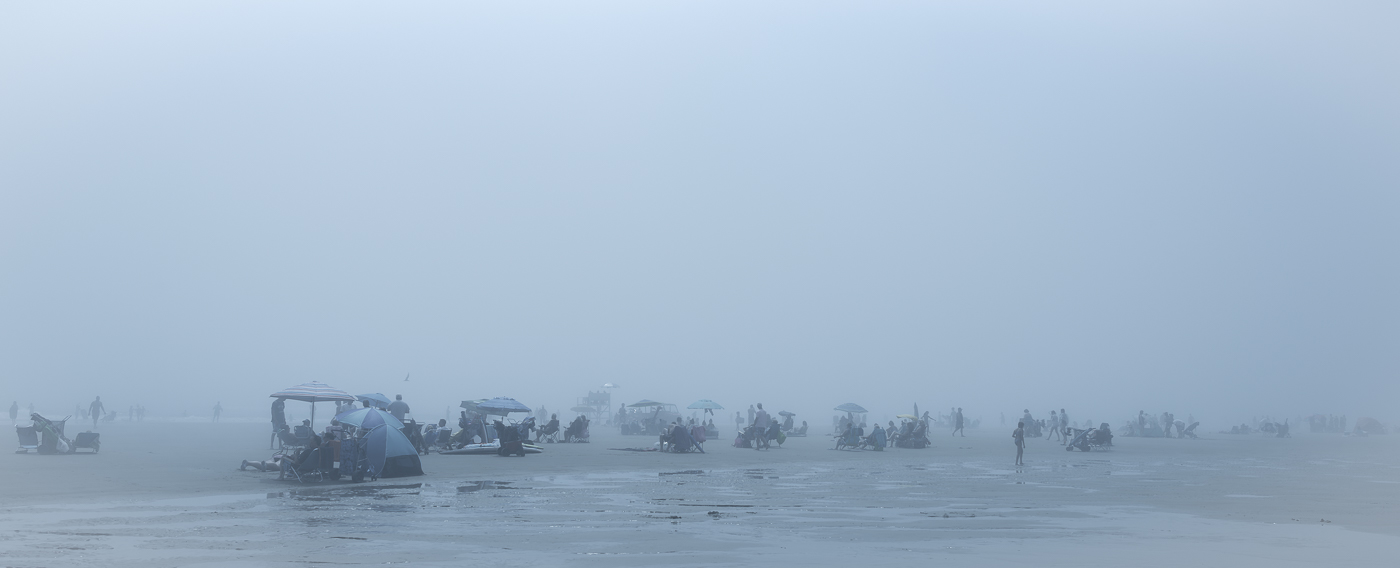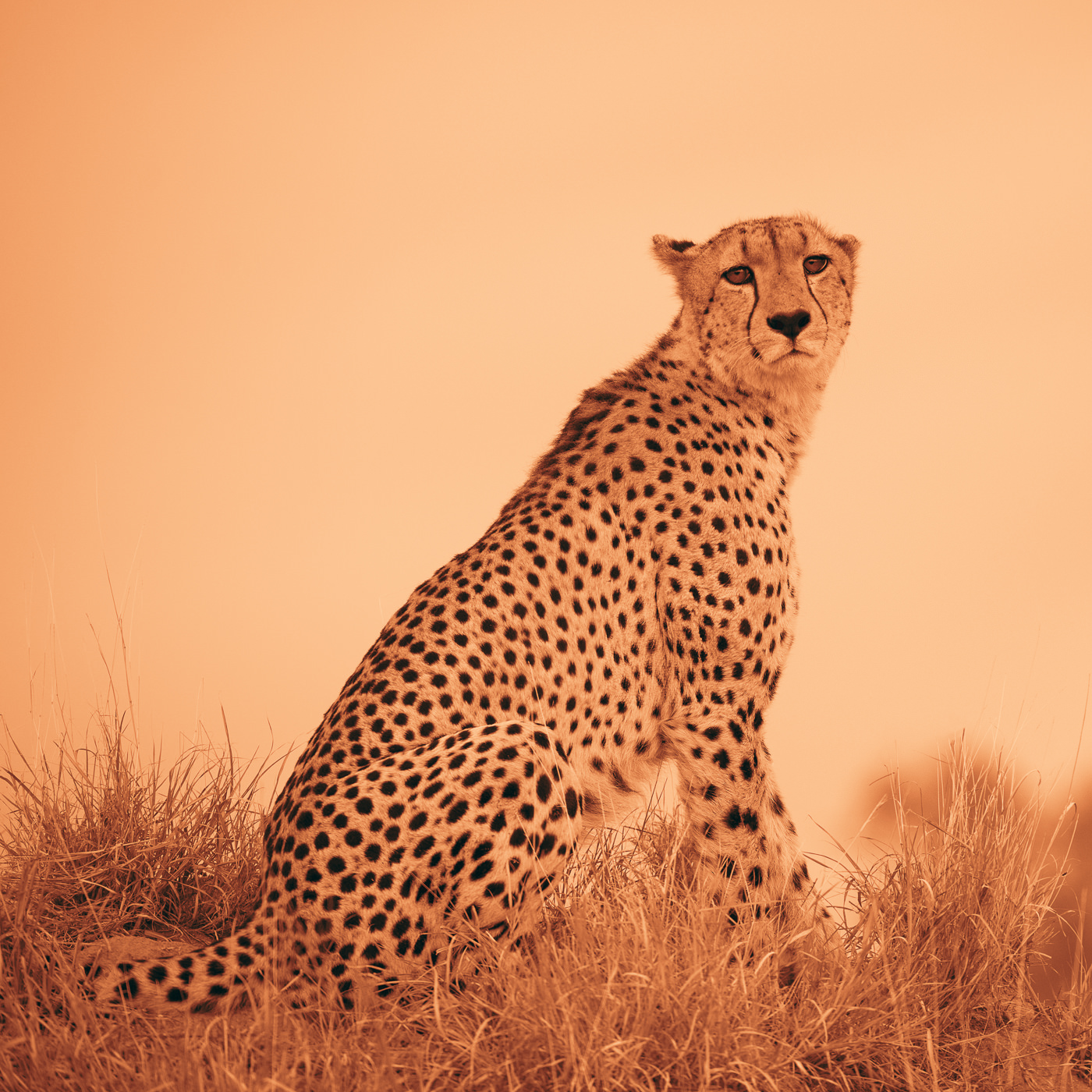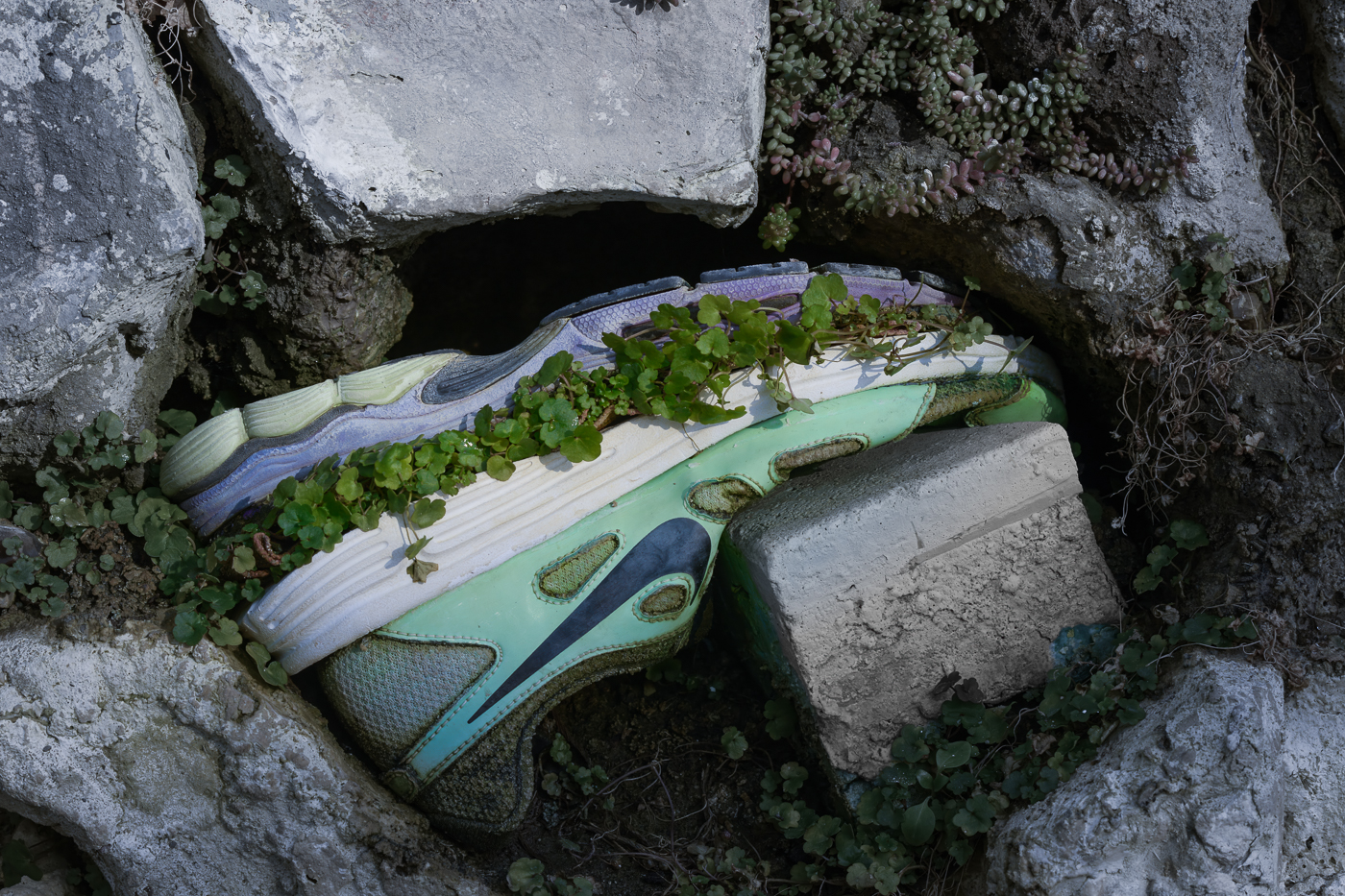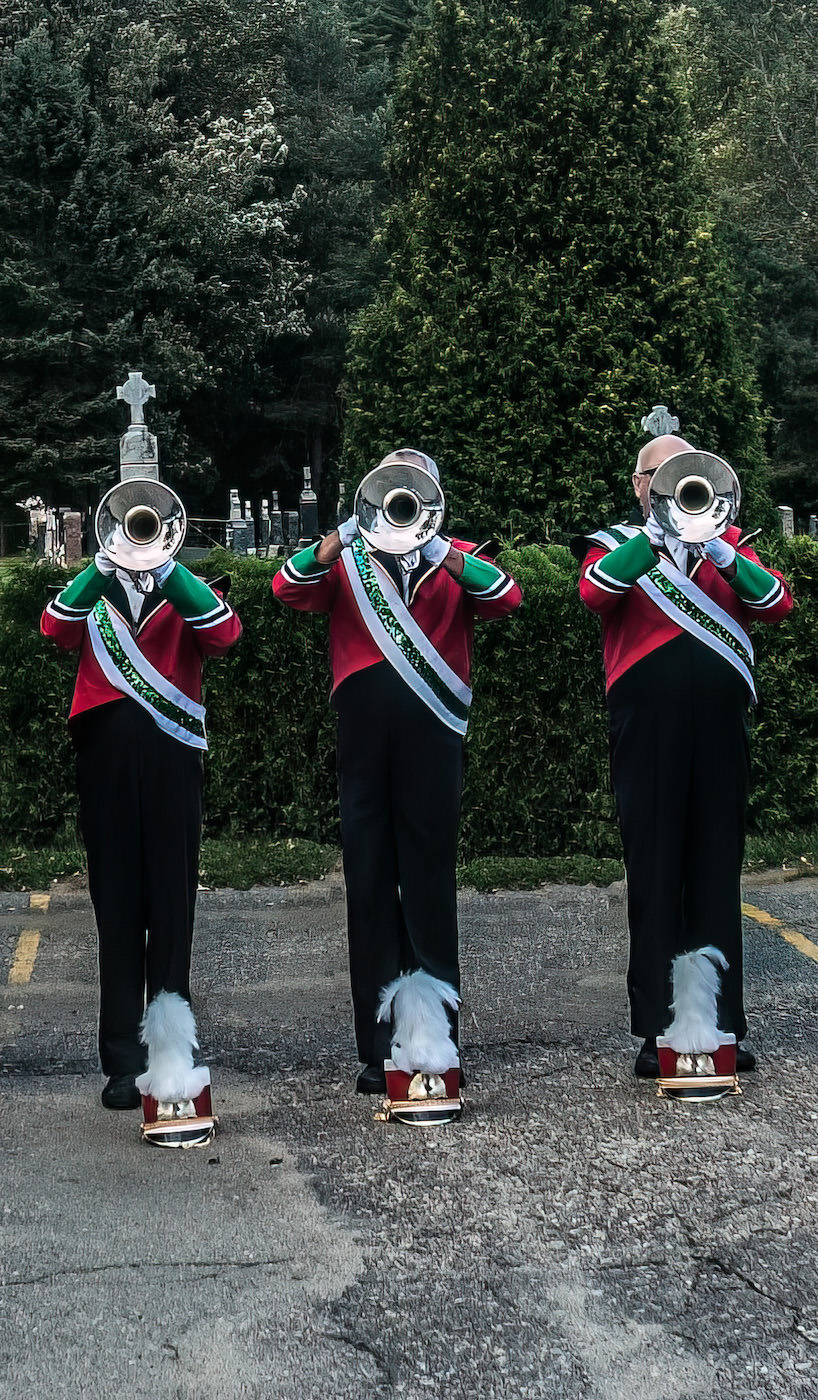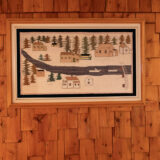

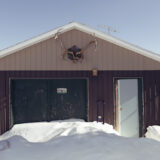
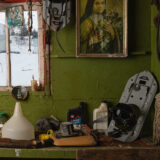
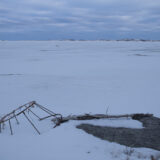
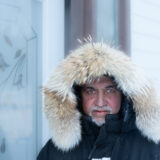
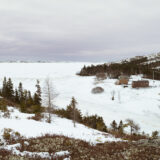
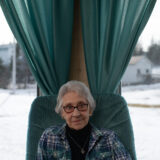
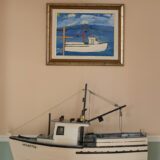
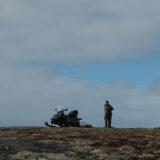

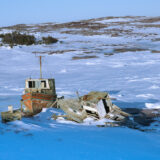
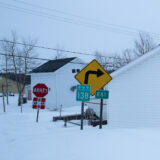
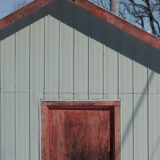
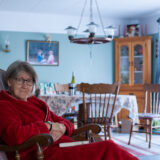
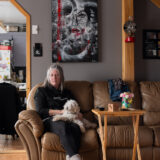
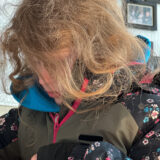
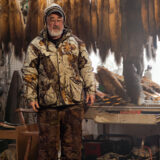
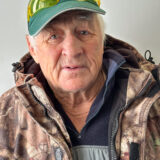
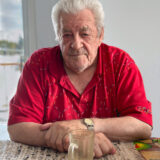

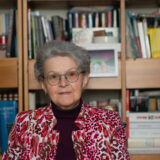
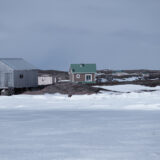


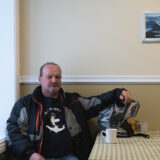
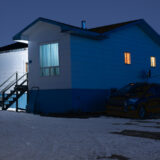
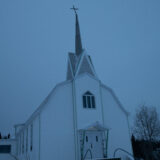
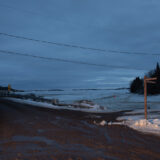
Tête-à-la-Baleine ? Pourquoi? Vous cherchez quoi ? C’est la question que tous les habitants de Tête-à-la-Baleine que j’ai rencontrés m’ont posée.
Plantons le décor. Mais auparavant, mettez un fond musical.
Souvent, je regarde la carte du Québec. Je vois les villes et les villages, notamment ceux qui s’égrènent le long des côtes. La Basse-Côte-Nord m’intrigue. Pays lointain. Le Nord. Le froid. L’isolement. Que font les gens là ? Qu’est-ce qui les pousse à rester là ? C’est quoi la vie pour eux ? Sur quoi bâtissent-il leur “vivre ensemble”? Dans quel environnement vivent-ils ? Pas de route. Un bateau, mais une fois par semaine, et pas l’hiver. Pas de commerces. Pas de services ou juste l’essentiel, sur demande. Une succursale bancaire, une épicerie, ravitaillée par avion une fois par semaine lorsque la météo le permet, un comptoir de la poste dans une maison, desservi également par avion, un dispensaire rudimentaire, pas de médecin, pas de pharmacie, pas d’électricien, pas de plombier, pas de garage, une école au bord de la fermeture. Pas de restaurant, pas de magasin ni de boutique. “Rien”. 100 habitants. Un climat subpolaire. Froid, très froid. Le village meurt doucement. Comme Aylmer Sound, son voisin, il pourrait disparaitre. De nombreuses maisons sont vides, interdites d’accès. Il y a aussi une église, sans curé, avec une croix vacillant dangereusement sur le clocher. Tout un symbole. Le seul lien avec les “voisins”, c’est l’hélicoptère…ou la motoneige pour visiter les villages les plus proches en hiver, rarement le bateau en été. La route 138 ? Ils l’attendent…patiemment…depuis 50 ans. En fait, dans ce coin de pays là-haut, on peut dire que dans l’année, il y a essentiellement deux saisons, l’hiver et le mois de juillet.
Triste description, et pourtant, sur place, ce n’est pas cela qu’on voit.
En photographiant les gens, j’ai essayé de capter leur esprit dans un environnement hors du commun, et de le traduire à un niveau poétique et chaleureux, même entouré de froid. L’environnement, pour nous hostile, ne les dérange pas plus que cela. À titre d’exemple, les îles du large, qui font partie de leur patrimoine historique, sont accessibles été comme hiver: un bateau ou une motoneige suffisent, la banquise fait le reste. Ils sont épris de liberté, et fiers des maisons qu’ils ont bâties de leurs propres mains. Ils sont propriétaires de leur territoire au sens très large du terme, et même si la population déclinait, que les jobs se faisaient rares, ils ont refusé autrefois la proposition gouvernementale d’un parc national, au nom de leur liberté sur leur territoire. Aujourd’hui. Ils semblent être d’une opinion différente, prêts à faire ce que certains appellent des concessions pour la survie du village, et aimeraient bien probablement relancer le projet…Quelle résilience !
Un grand photographe américain, Alec Soth est reconnu pour trouver une chimie relationnelle avec des étrangers et aime bien photographier les solitaires et les rêveurs. Il s’intéresse aux endroits retirés où les gens cherchent à échapper à toute civilisation.
Dans un certain sens, je partage avec lui cette expérience relationnelle, même si les habitants de Tête-à-la-Baleine ne cherchent aucunement à échapper au monde qui les entoure. Ils profitent du même degré de confort que les autres québécois. C’est ce qu’ils affirment, et dans une certaine mesure, c’est vrai. Ils ne sont ni solitaires ni rêveurs, mais ils veulent aussi qu’on les laisse “tranquilles”, qu’on n’envahisse pas leur territoire. Et, de prime abord, un photographe pouvait être ressenti comme envahissant.
Les photographier n’a pas été une chose facile.. Une fois le principe accepté, je n’avais que quelques minutes en entrant dans les maisons pour établir un lien avec les gens, me faire une idée de certains aspects de leur personnalité, savoir ce qui compte dans leur vie pour pouvoir en déduire un endroit propice à la prise de vue, qui intégrerait tous ces éléments. Autrement dit, le contexte de tous les portraits signifie quelque chose, les intérieurs racontent une histoire. Les photographies de paysage enrichissent ce contexte. Le froid est omniprésent à l’extérieur, et le bleu percole dans les images.
En rentrant dans l’intimité des gens, et en faisant leurs portraits, j’ai compris qu’ils étaient fiers. Certains ont l’air de dire “T’attendais-tu à ça ici?”
Soth peint un monde de désillusion de ceux qu’il photographie, un peu comme l’a fait avant lui Robert Franck dans la grande tradition des road trips américains. Moi j’ai voulu rester à un seul endroit, tout petit, mais immense. Le monde que j’ai rencontré n’est en rien désillusionné ou nostalgique d’un passé qui aurait disparu, au contraire. Et cela paraît. Les habitants s’opposent à la fermeture éventuelle du village, ils ont déjà sauvé l’école en favorisant l’installation de plusieurs familles réfugiées ukrainiennes avec leurs enfants. Toute une histoire. Ils m’ont même demandé de les aider en reprenant la tradition des photos scolaires, ce que j’ai fait avec plaisir. Tête-à-la-Baleine est aussi le seul village francophone sur la Basse-Côte-Nord. À l’isolement géographique s’ajoute l’isolement linguistique. Tous ont en tête la fermeture d’Aylmer Sound, ce petit village à quelques encablures, où les habitants, avant de partir, ont du raser leurs maisons, effacer une partie de leur vie. C’est pourquoi la série d’images commence par une représentation d’Aylmer Sound dans un tableau.
Je ne me sens pas l’auteur exclusif des portraits. Chacun m’a montré une facette de son moi intérieur au cours d’un dialogue entre les regards. Le dire est un lieu commun, mais on a affaire ici à des gens très jaloux de leur liberté. Leur image en fait partie, et ils montrent probablement ce qu’ils veulent bien montrer. C’est parfois un petit jeu de cache cache entre nous. Pour aller dans le même sens, plusieurs, avec qui j’ai eu la chance de sympathiser, ont refusé de “se faire prendre” en photo.
Dans les sous-sols et les débarras, on retrouve un peu de leurs histoires, de leurs préoccupations, de leur mode de vie, de leurs croyances. Certains objets, parfois considérés comme insignifiants, sont les derniers témoins d’un passé révolu. Mais certaine traditions perdurent, et leurs photos poussent à imaginer, rêver.
Tête-à-la-Baleine ? Pourquoi ? Vous cherchez quoi ? Une réponse se trouve peut- être dans mes images.

